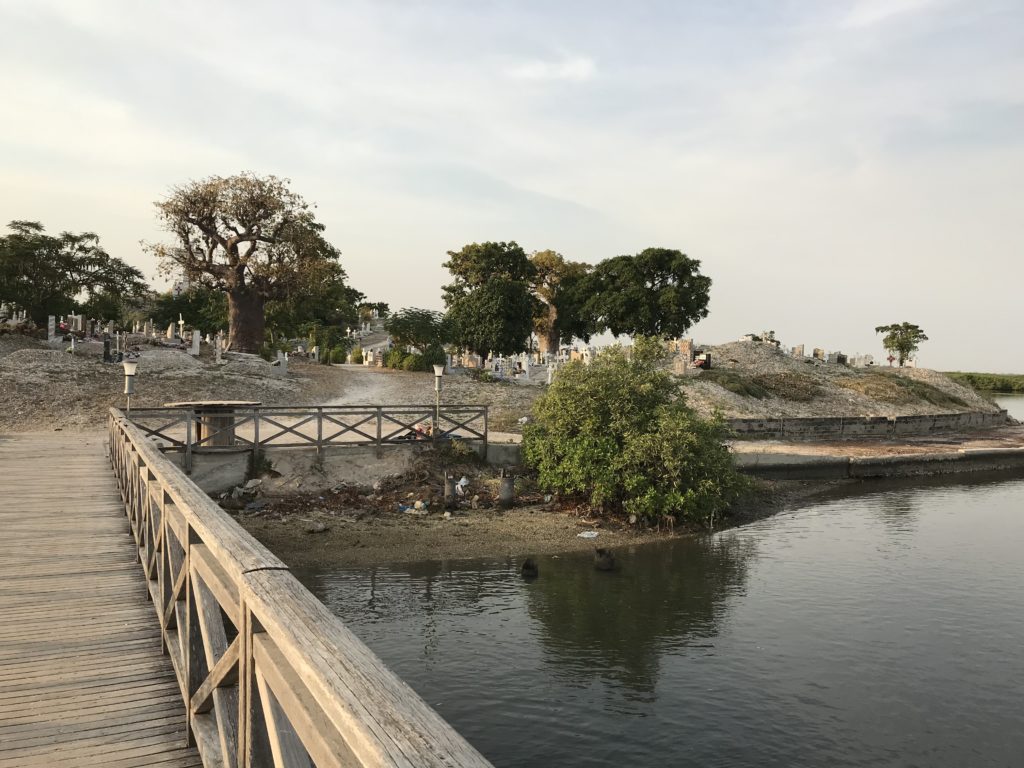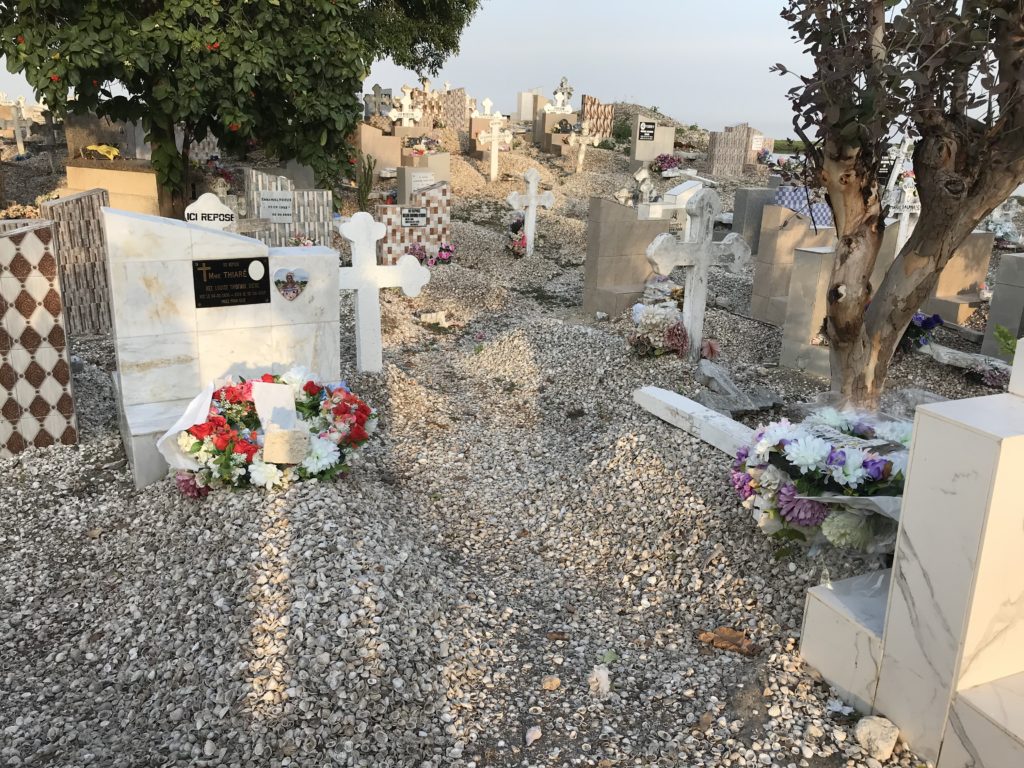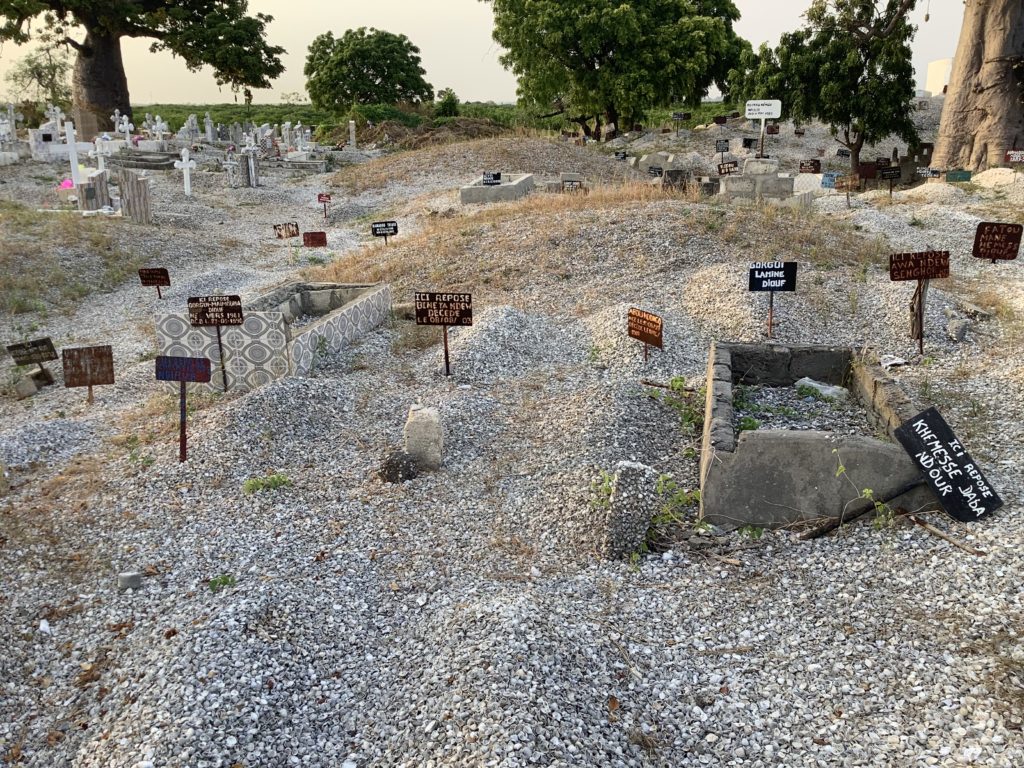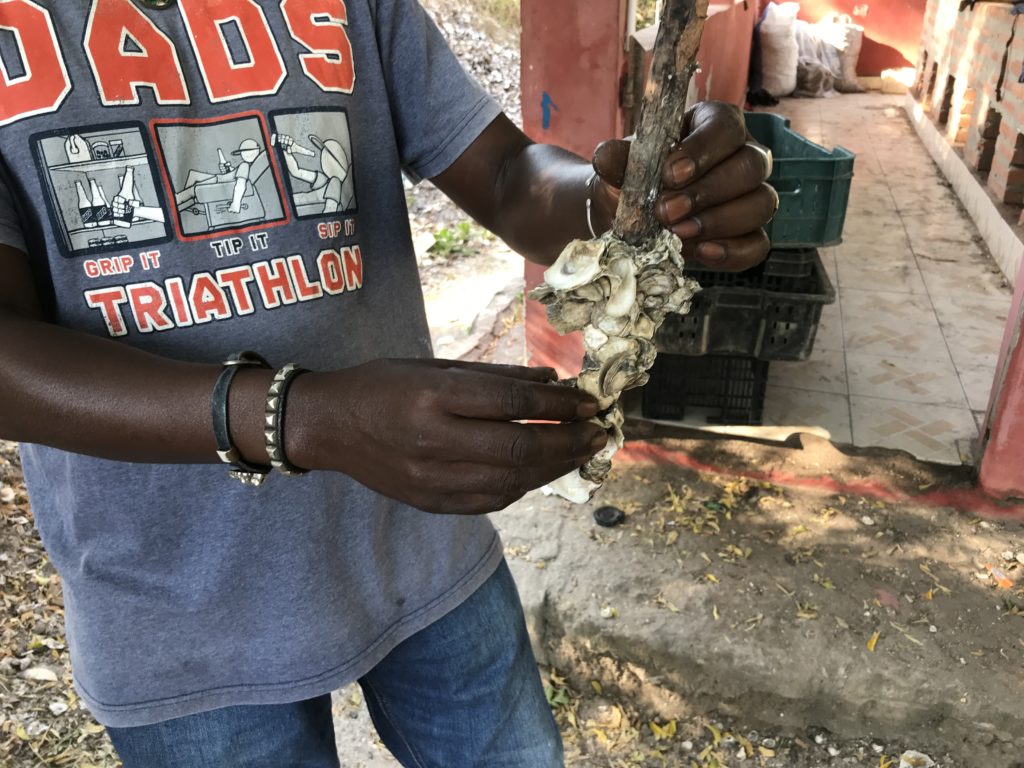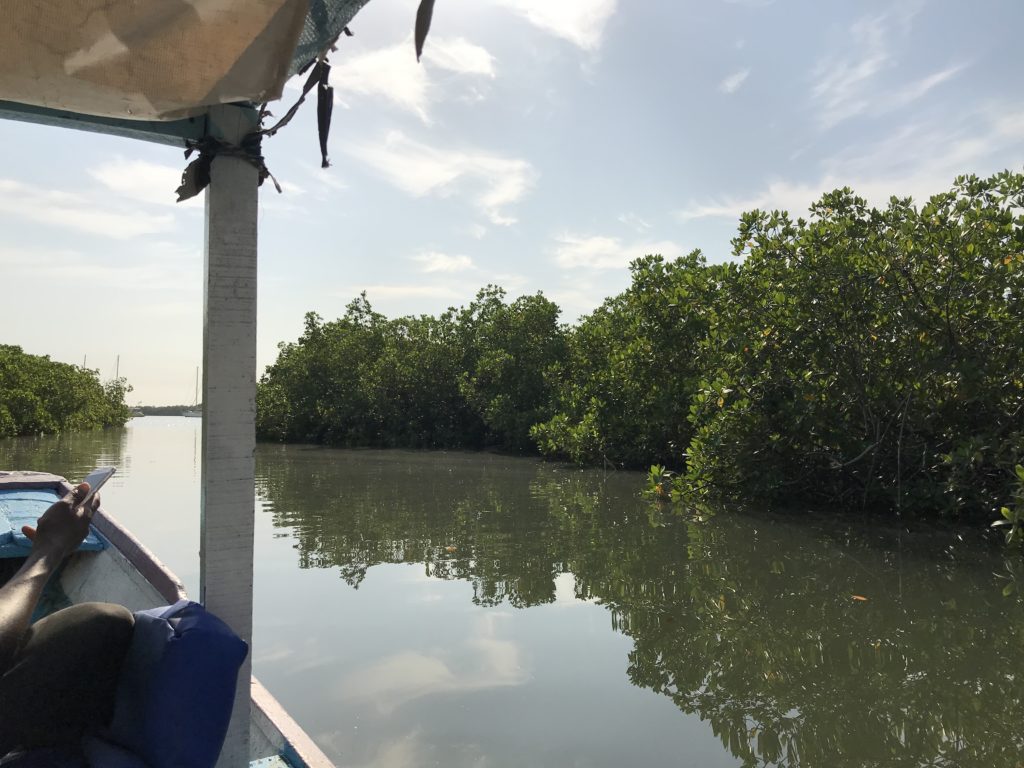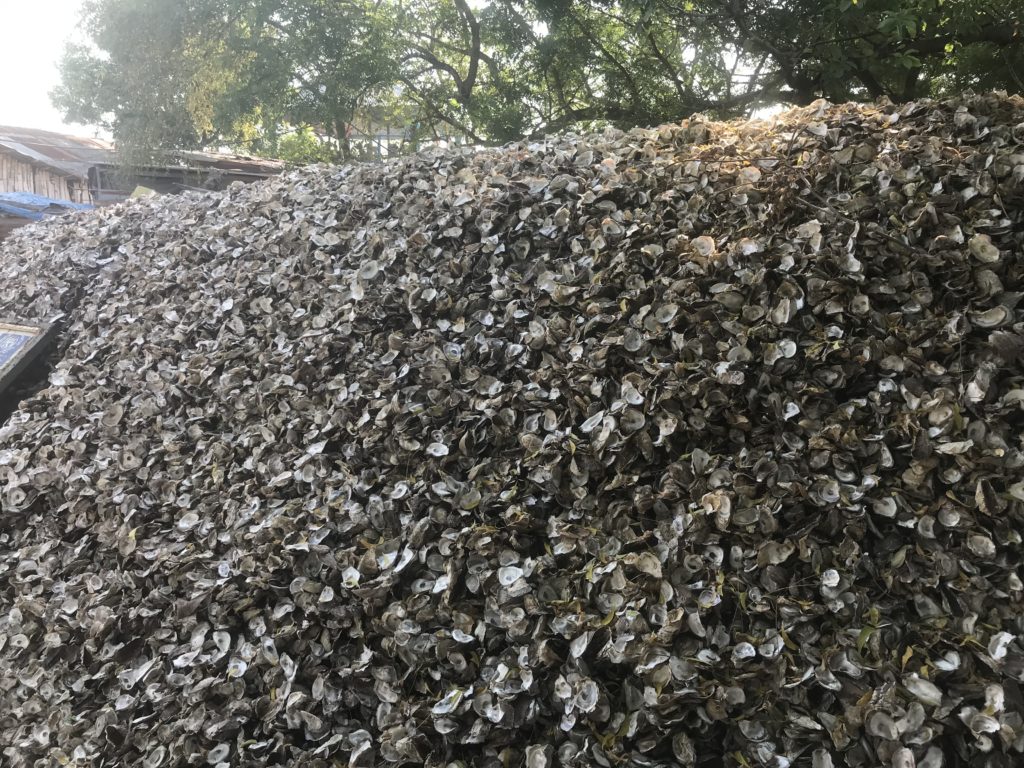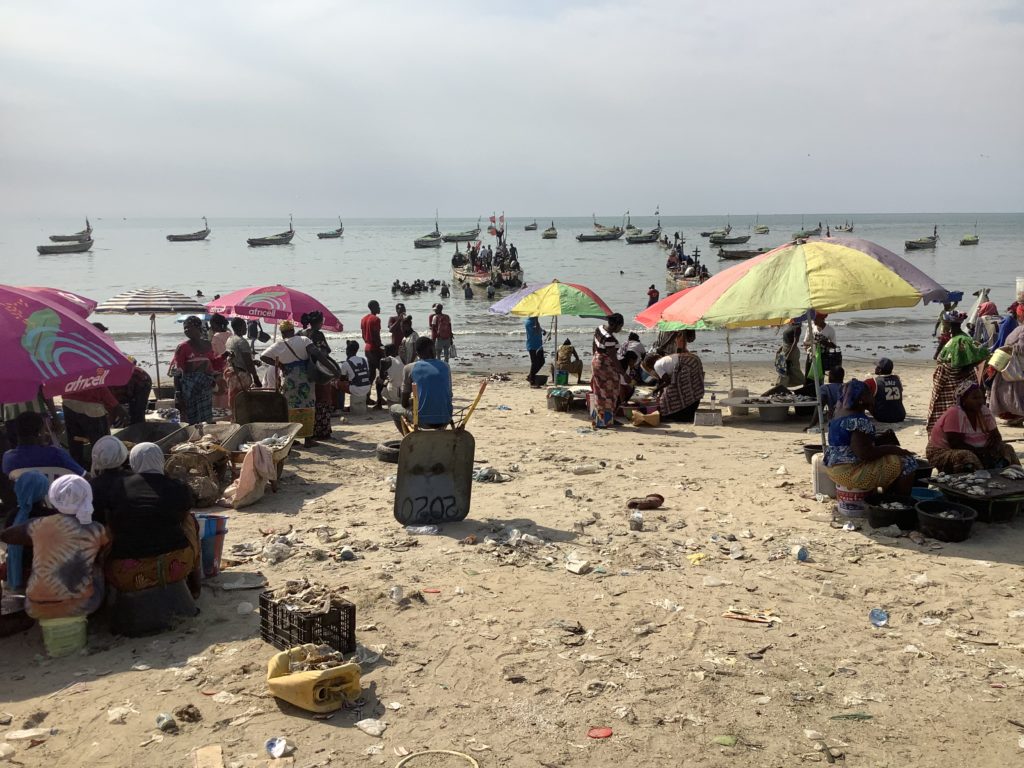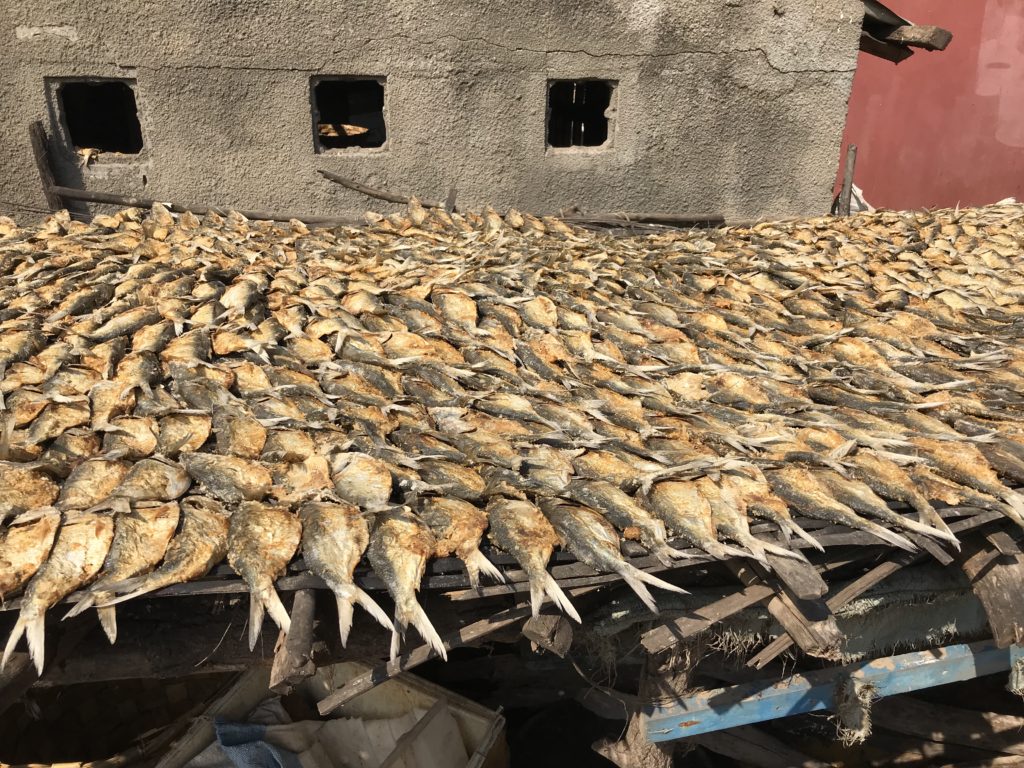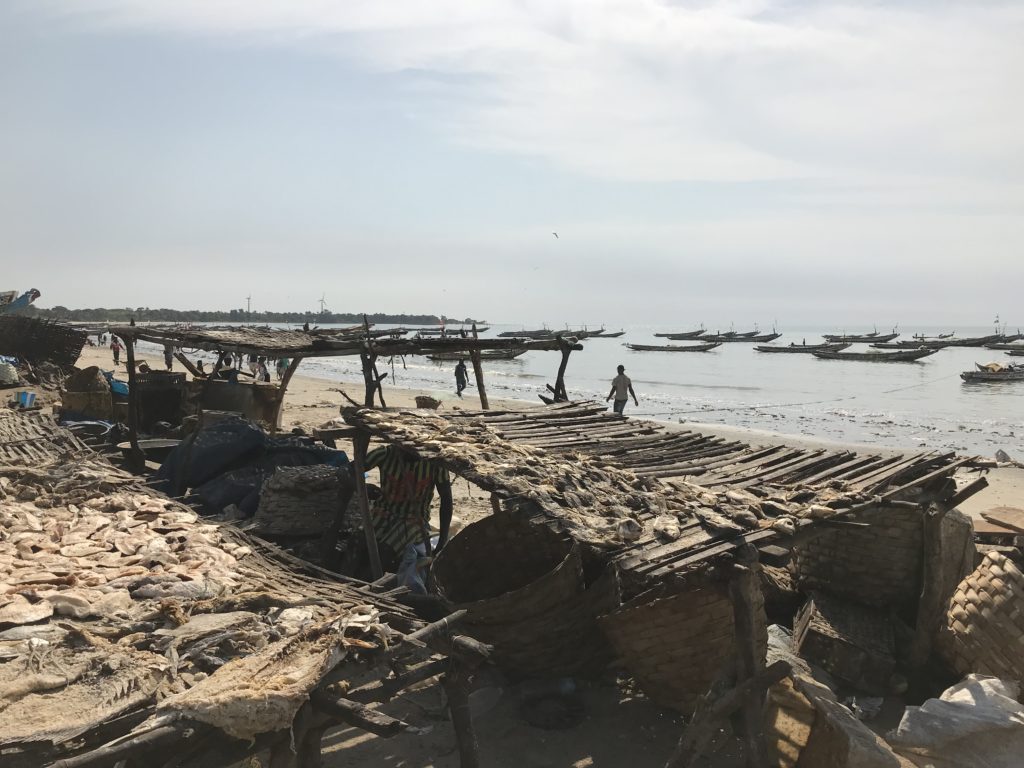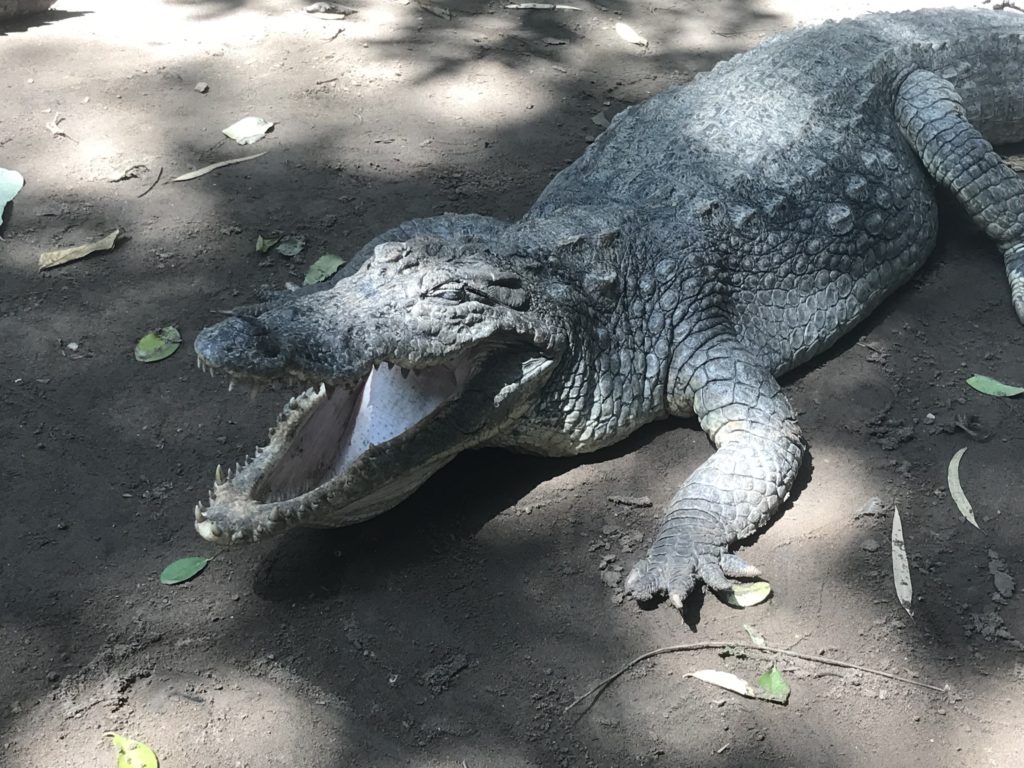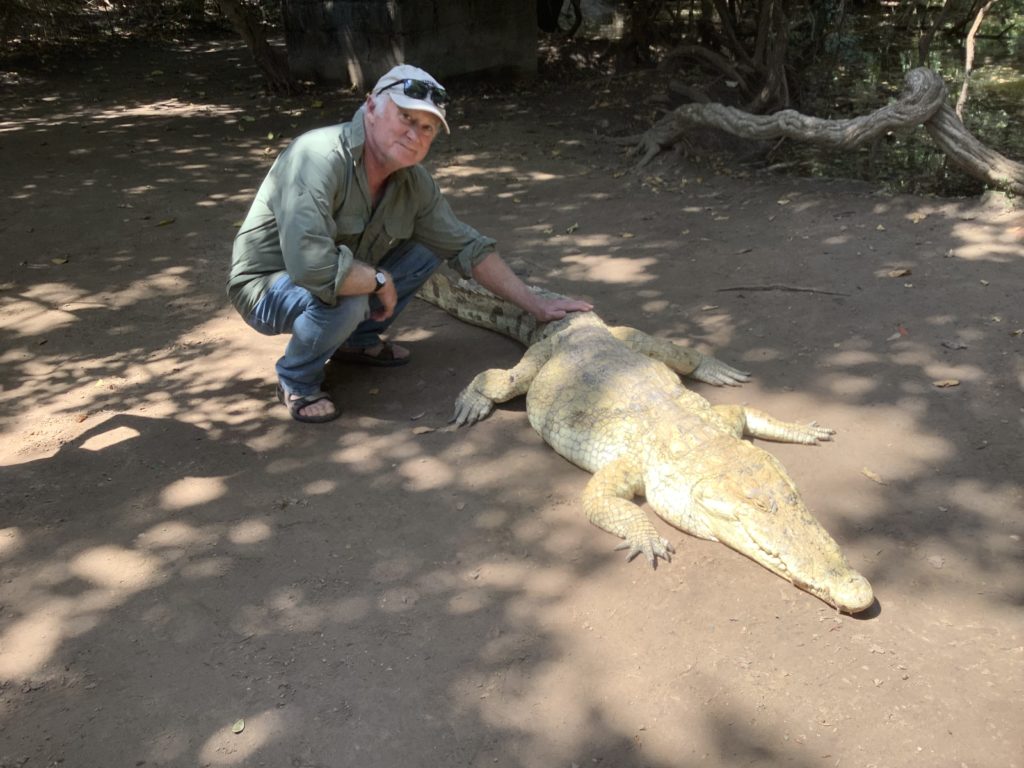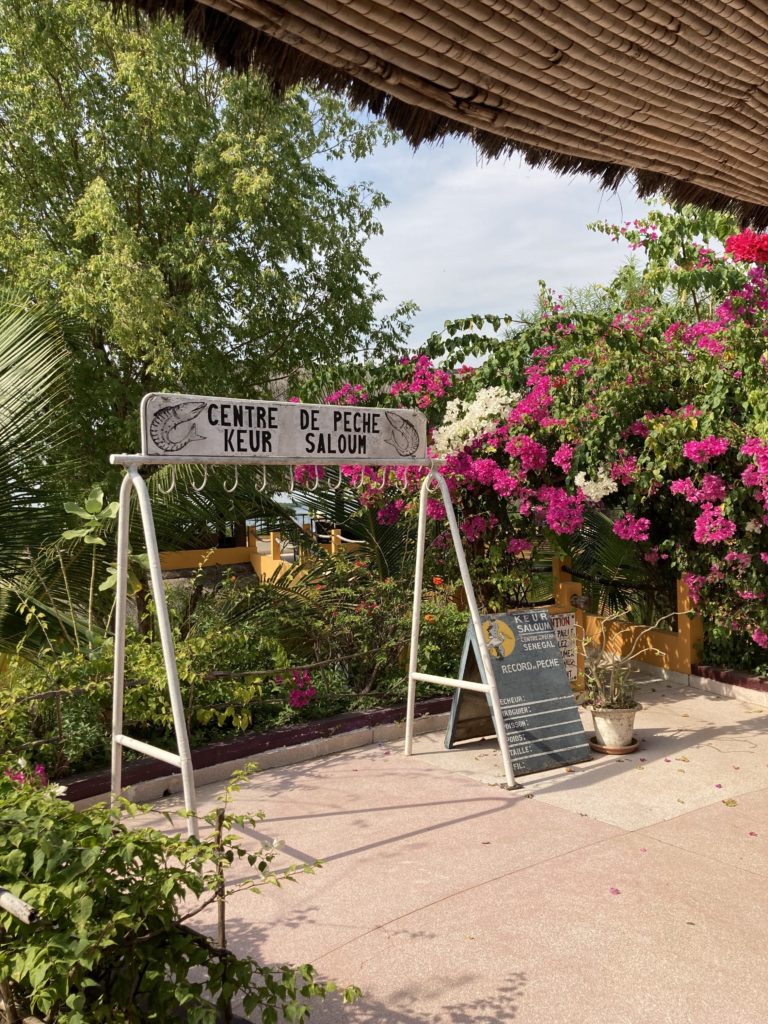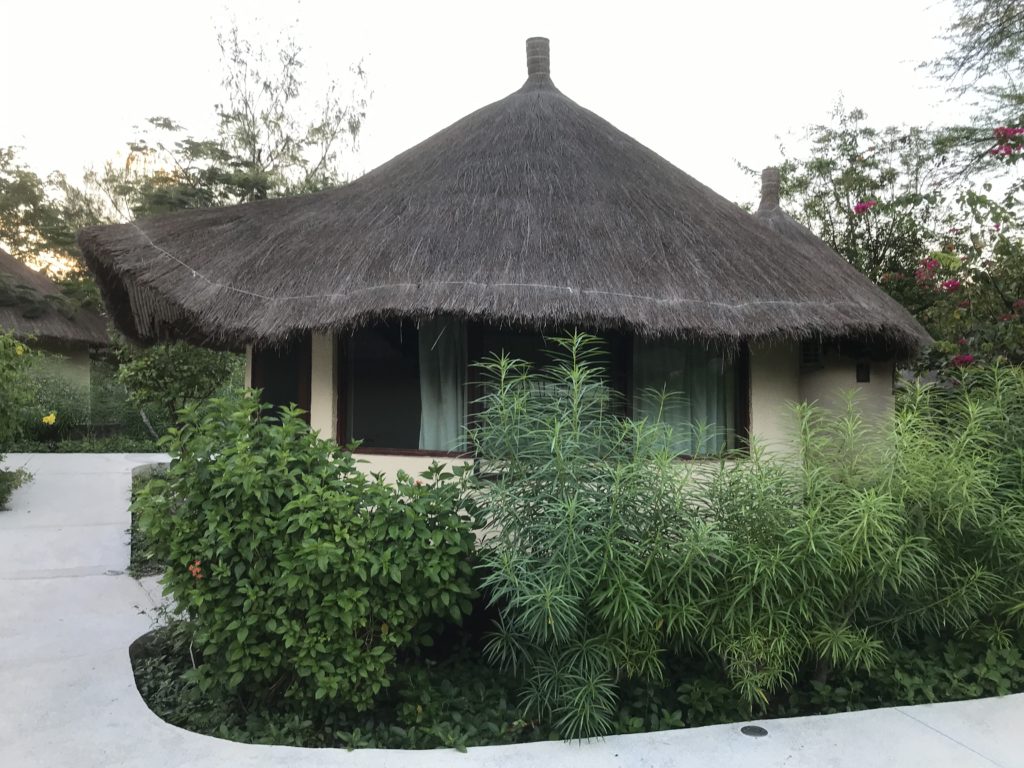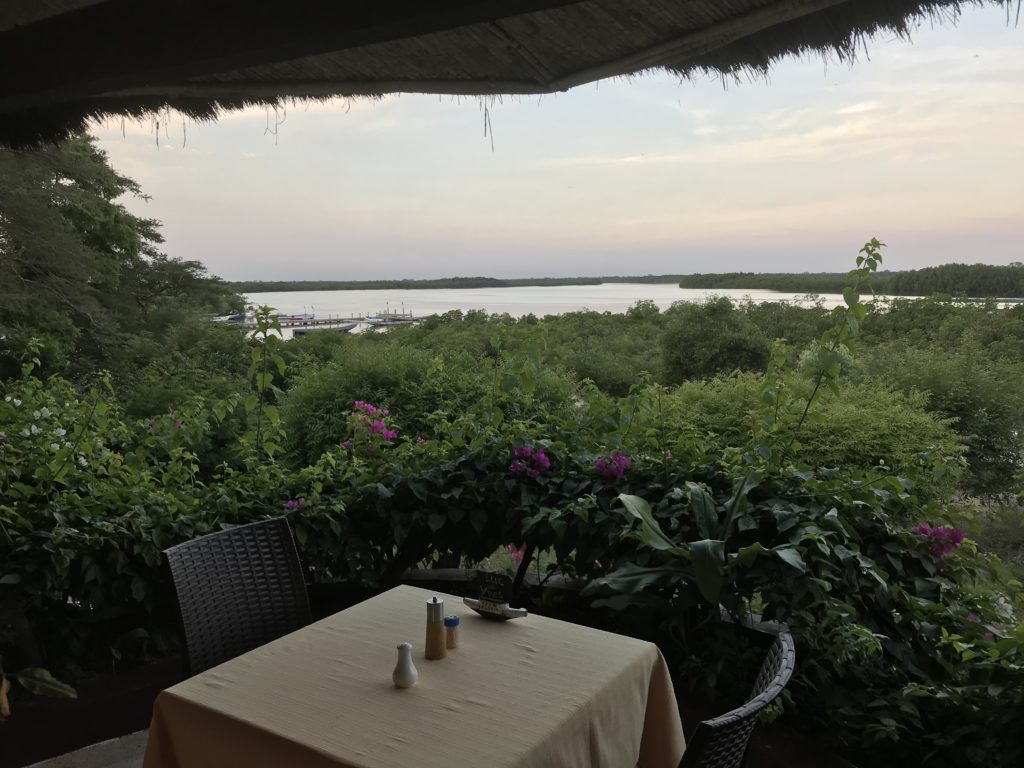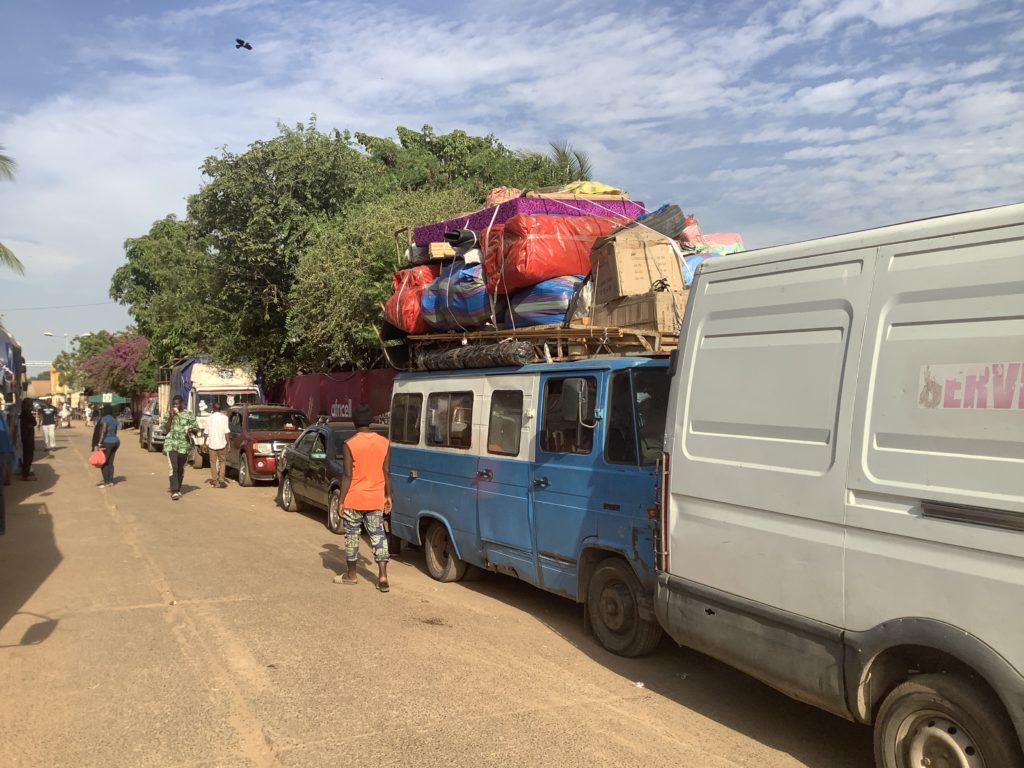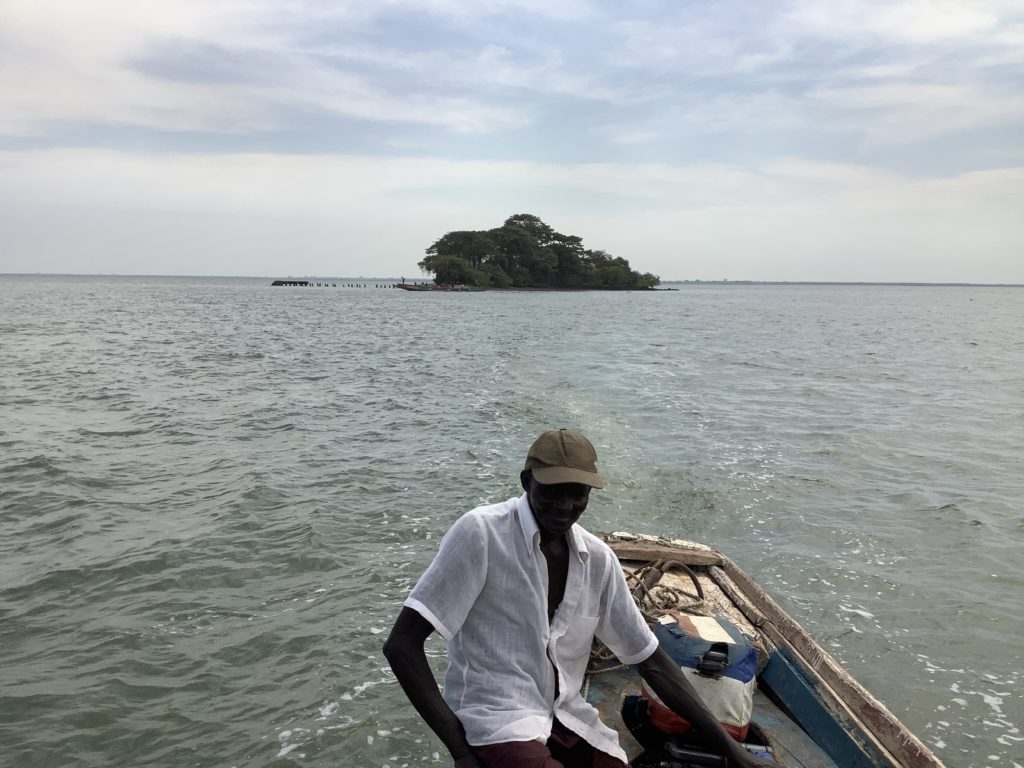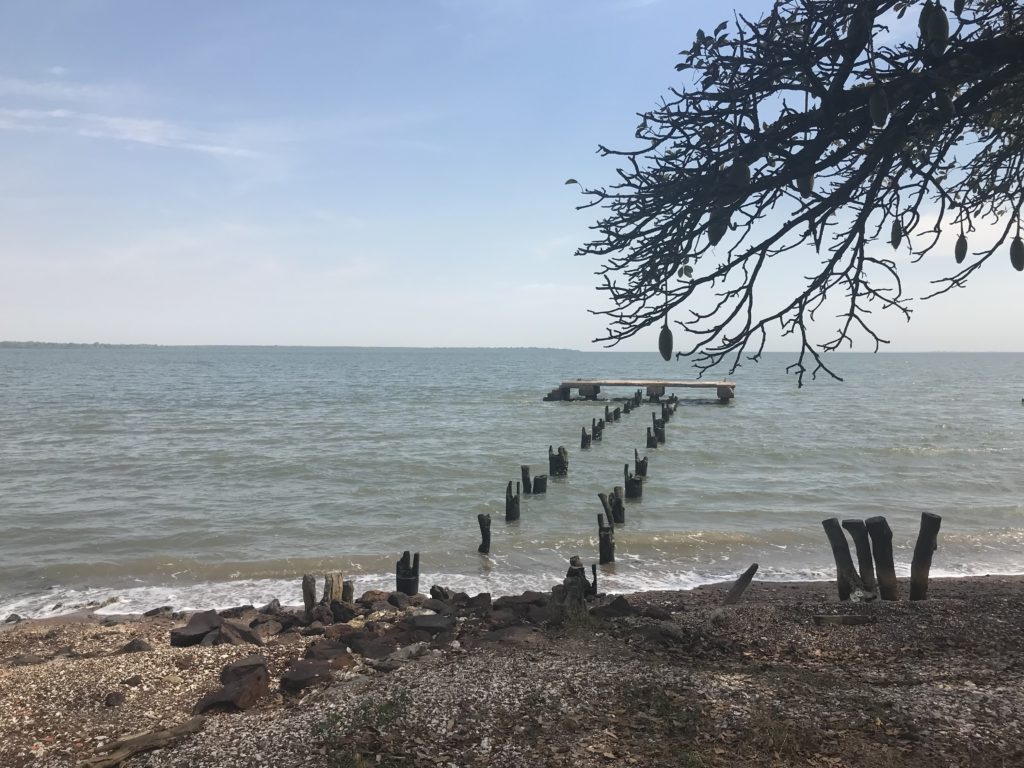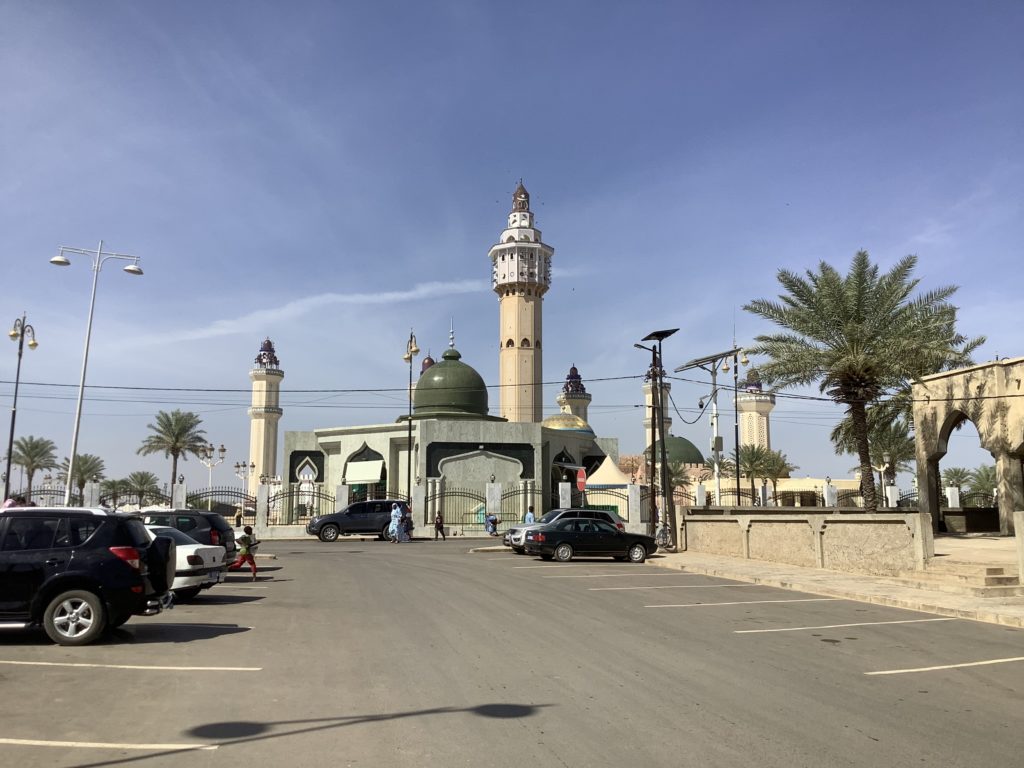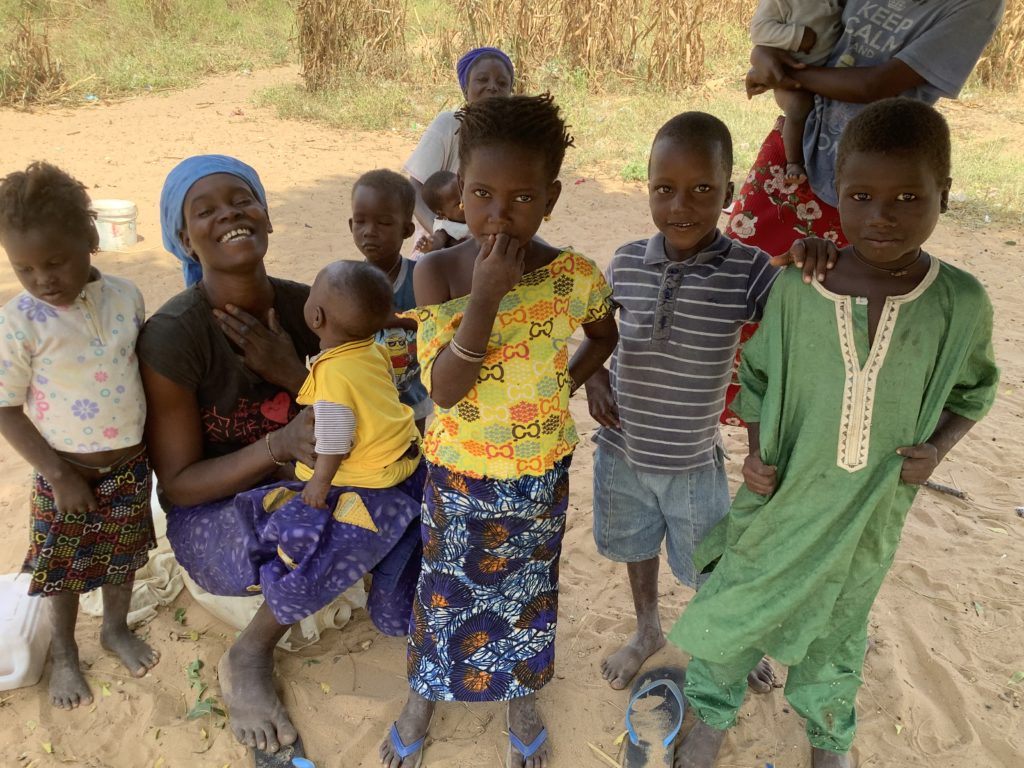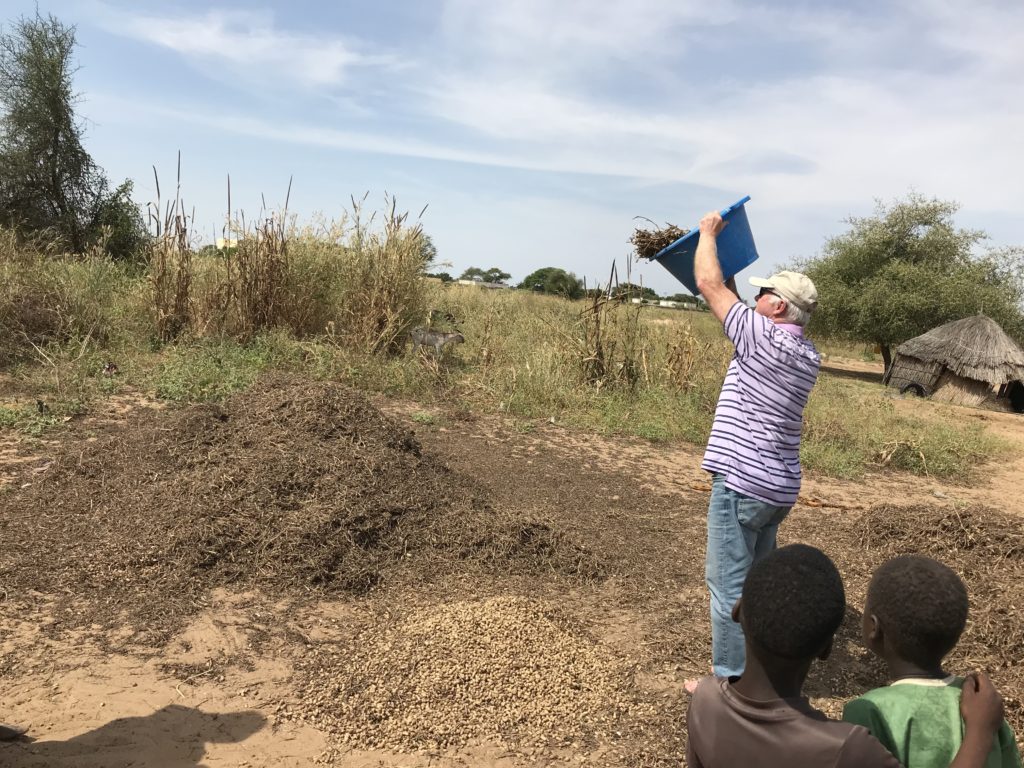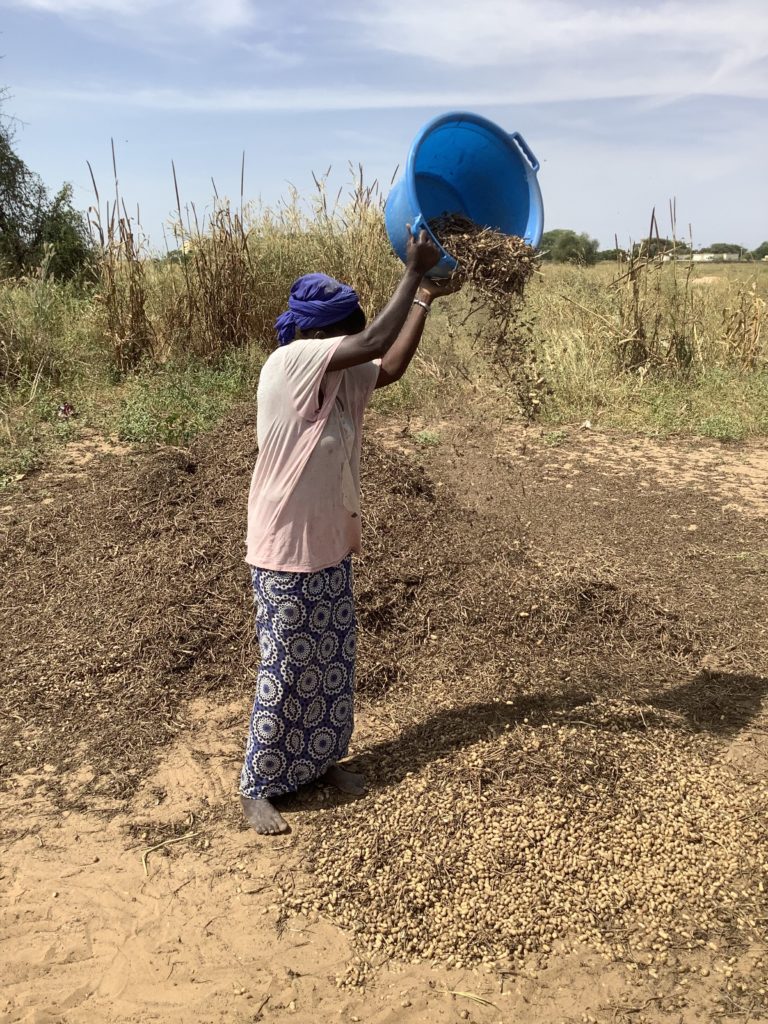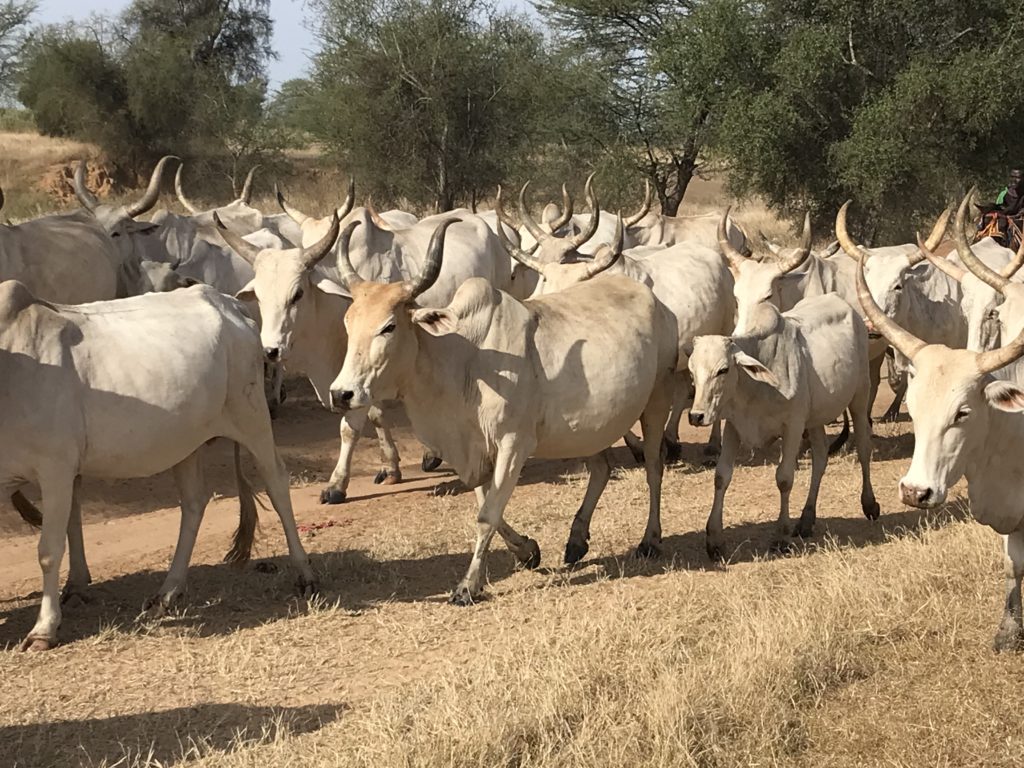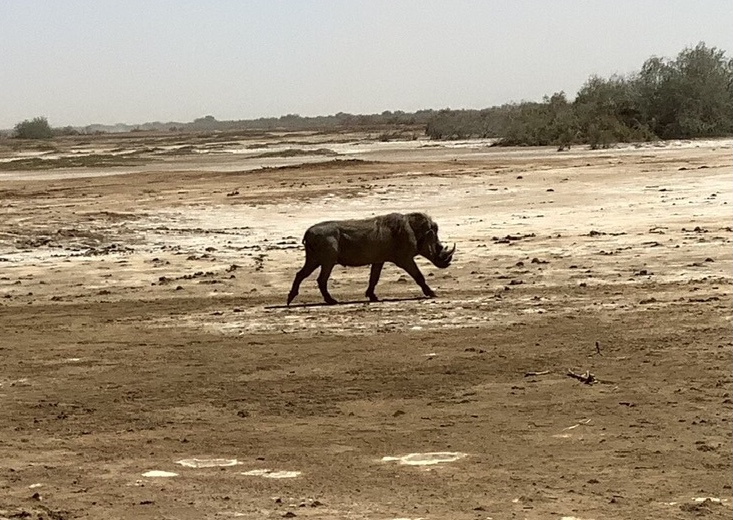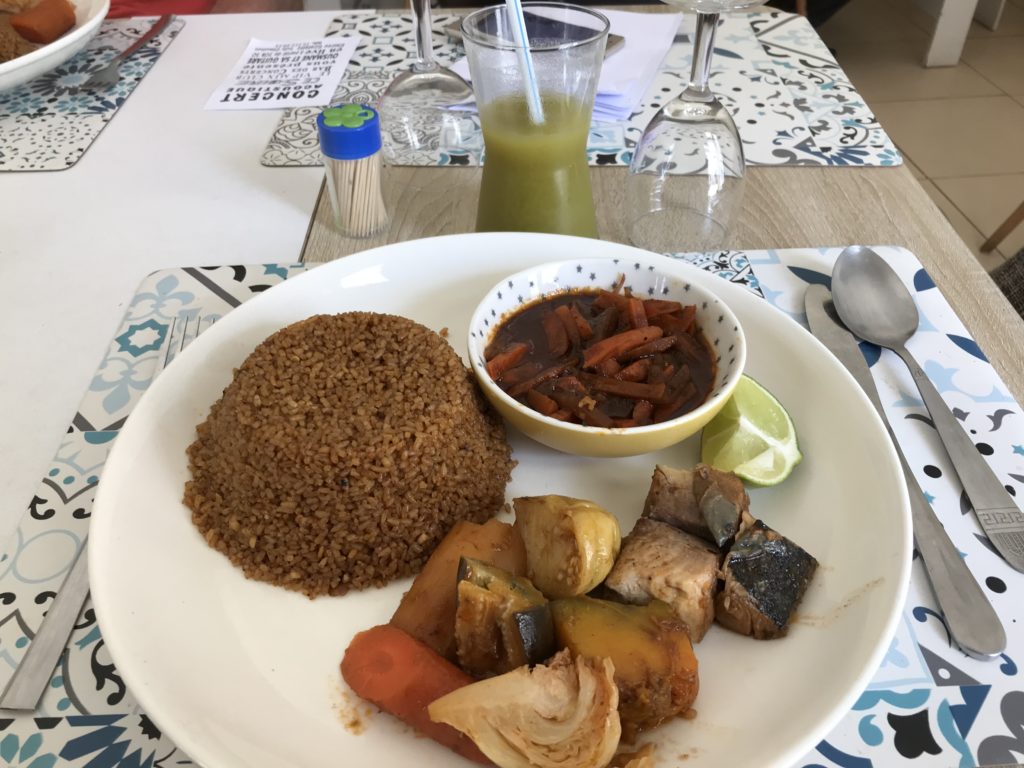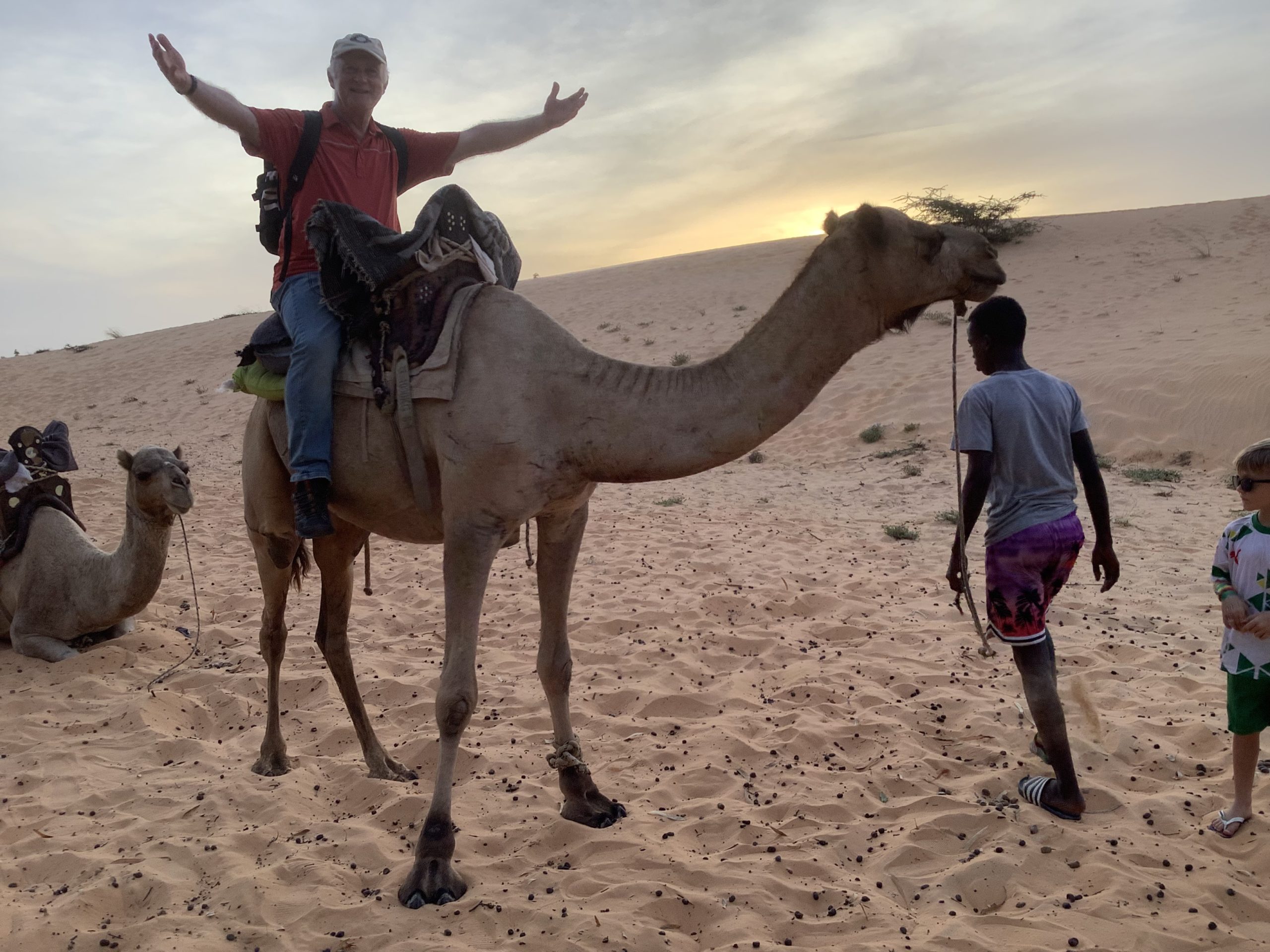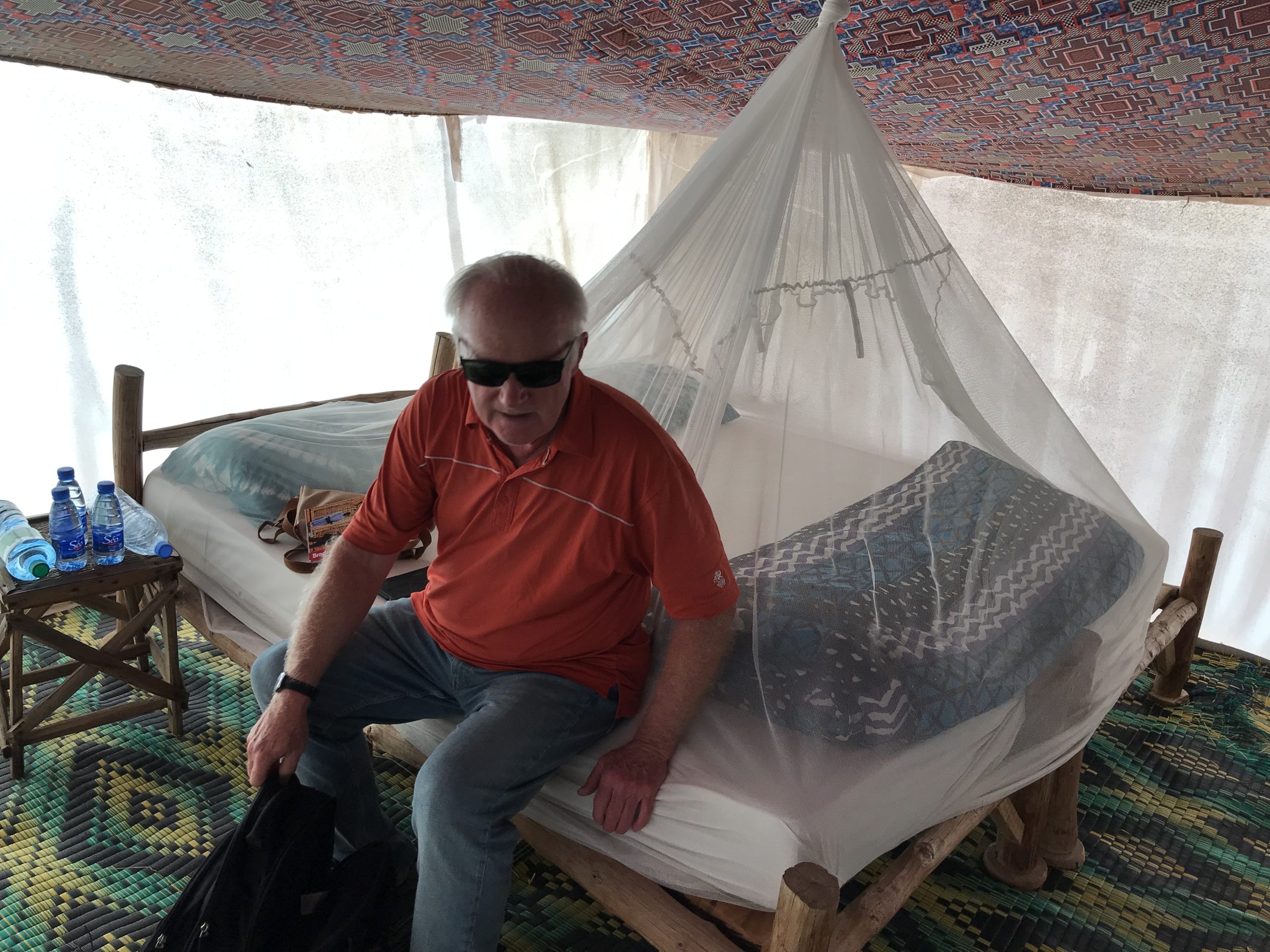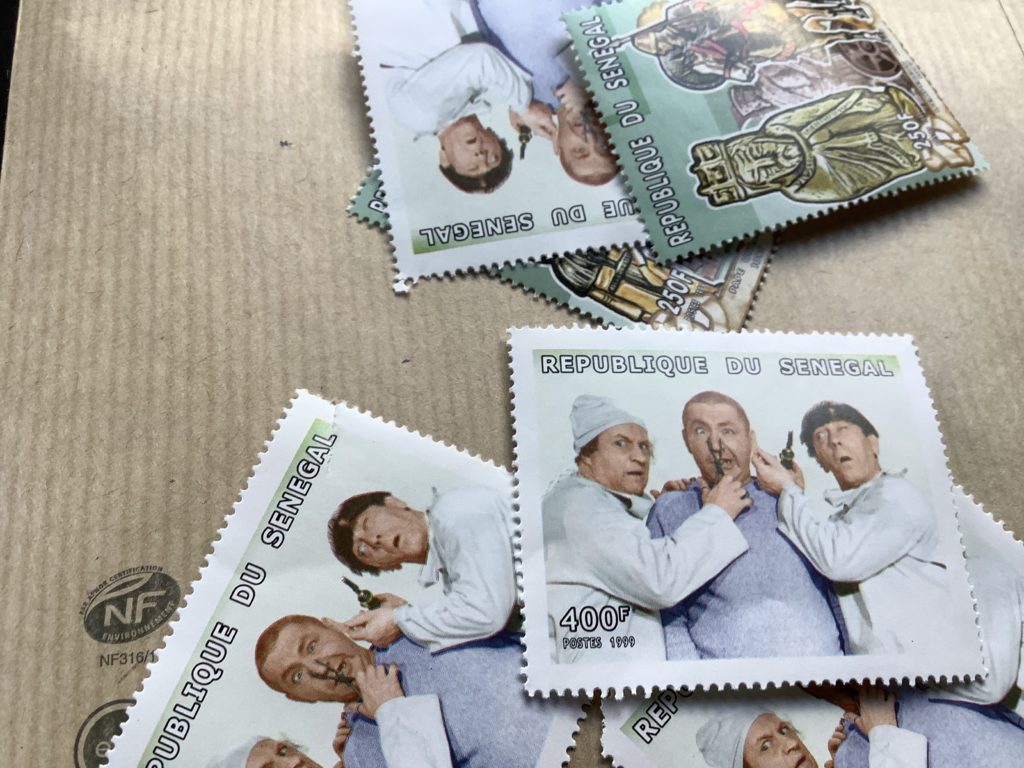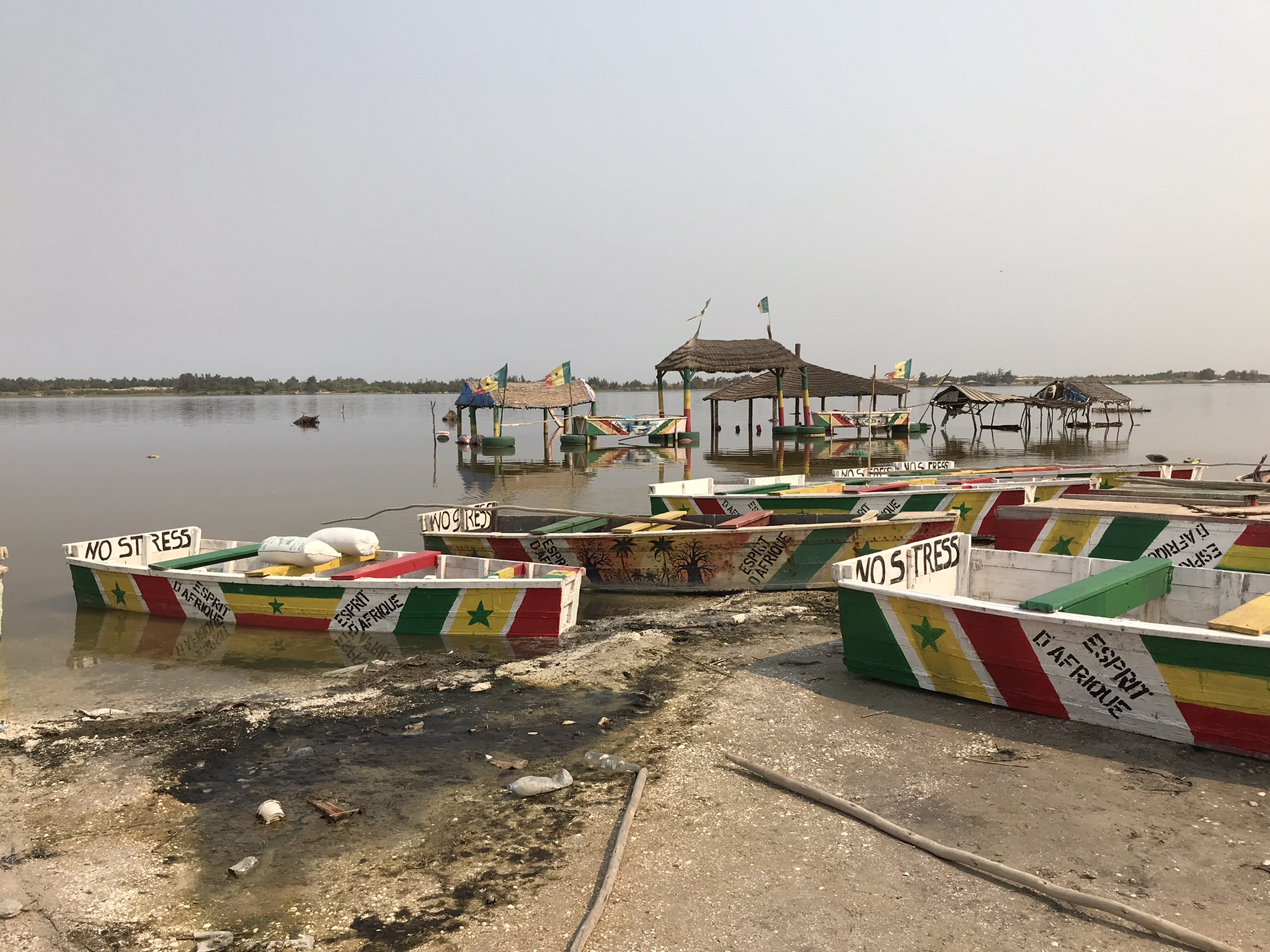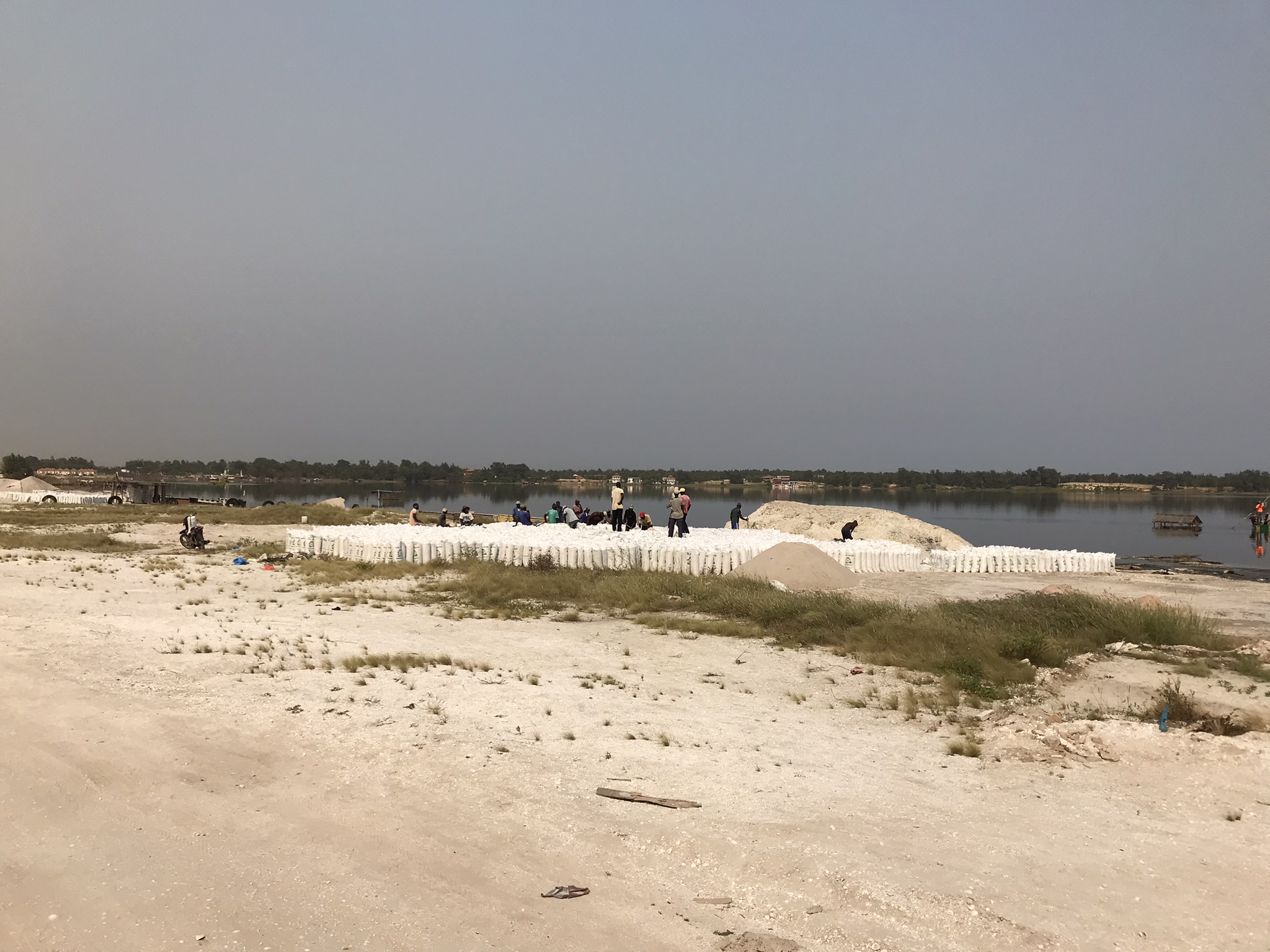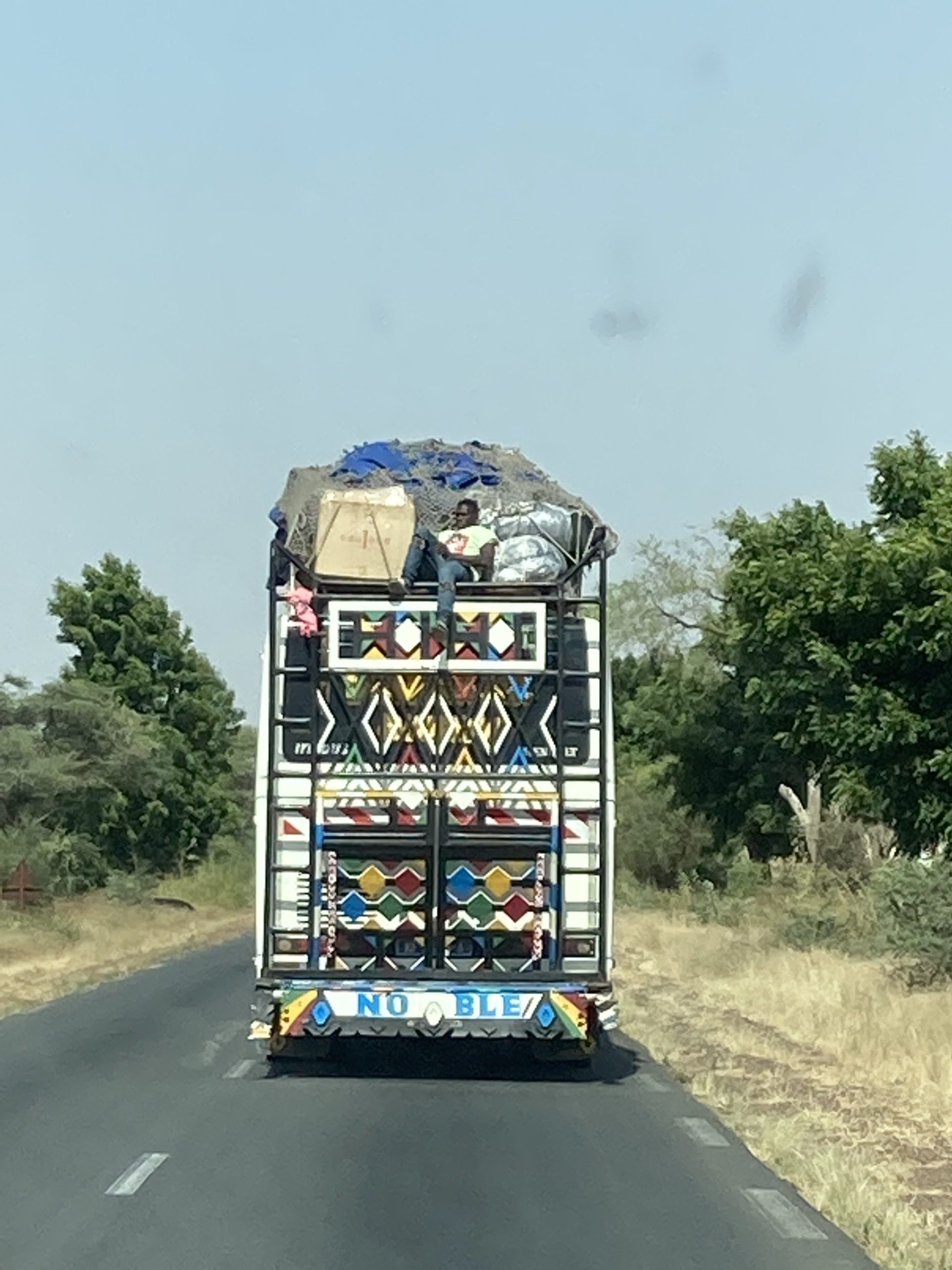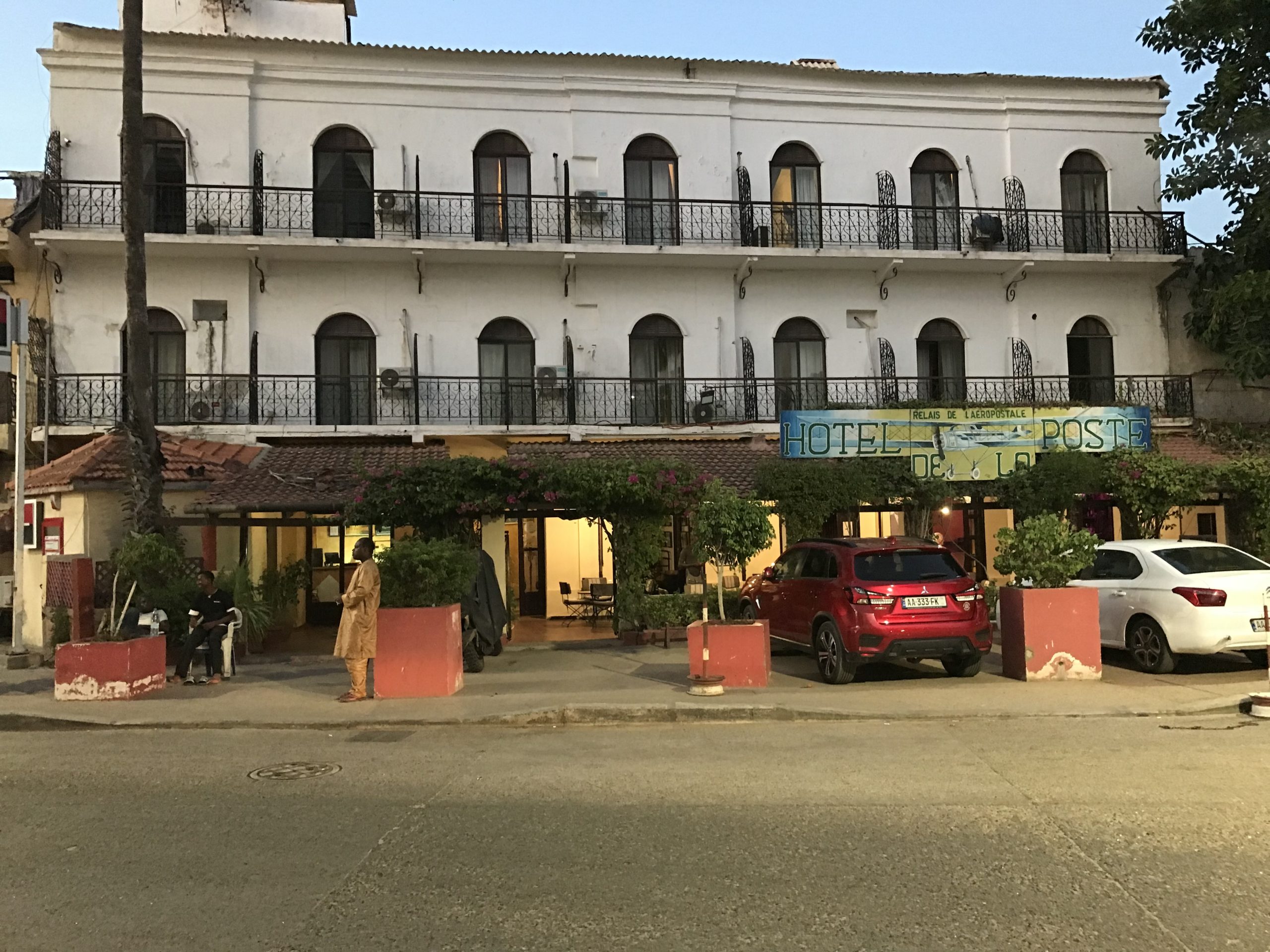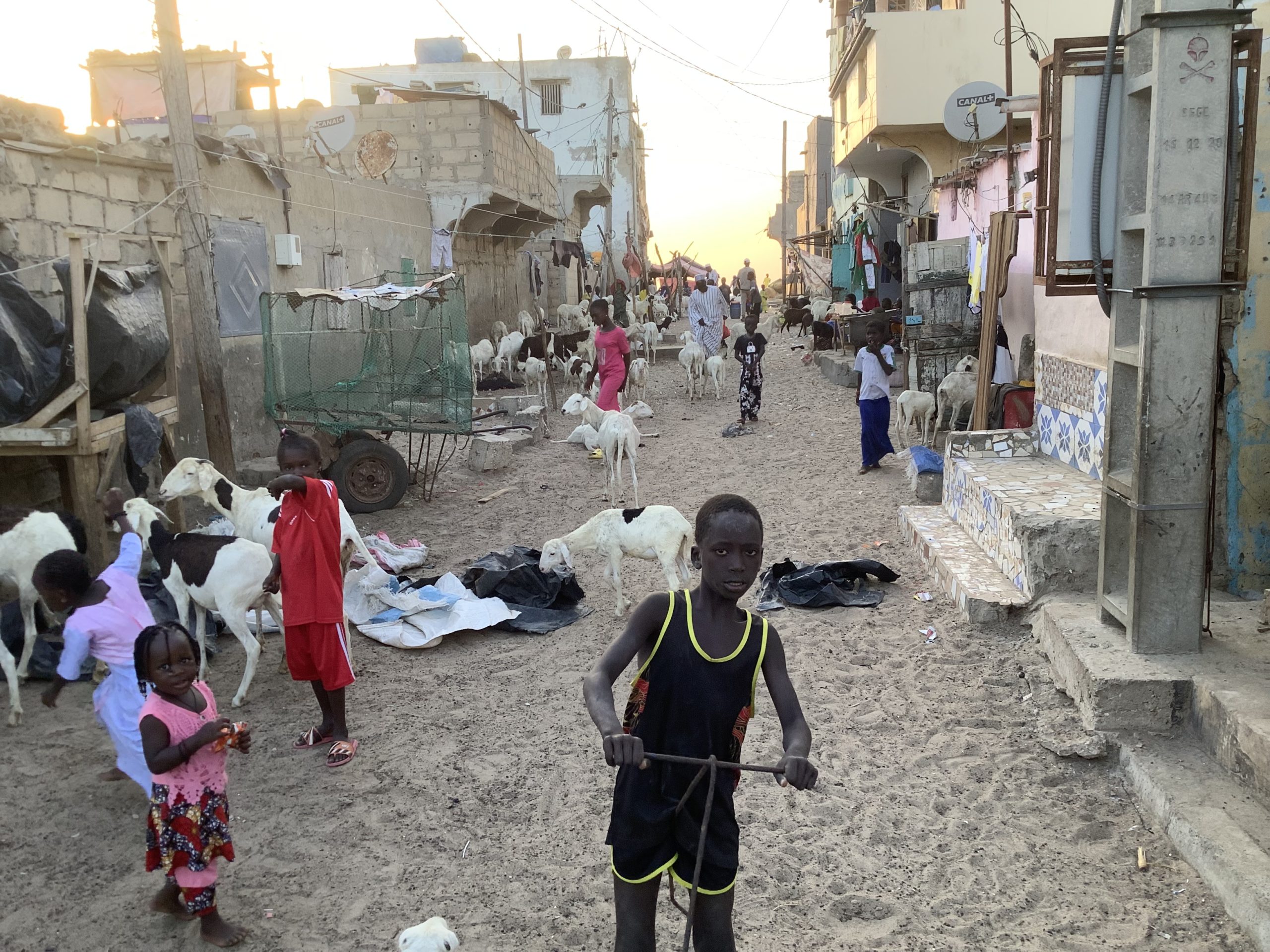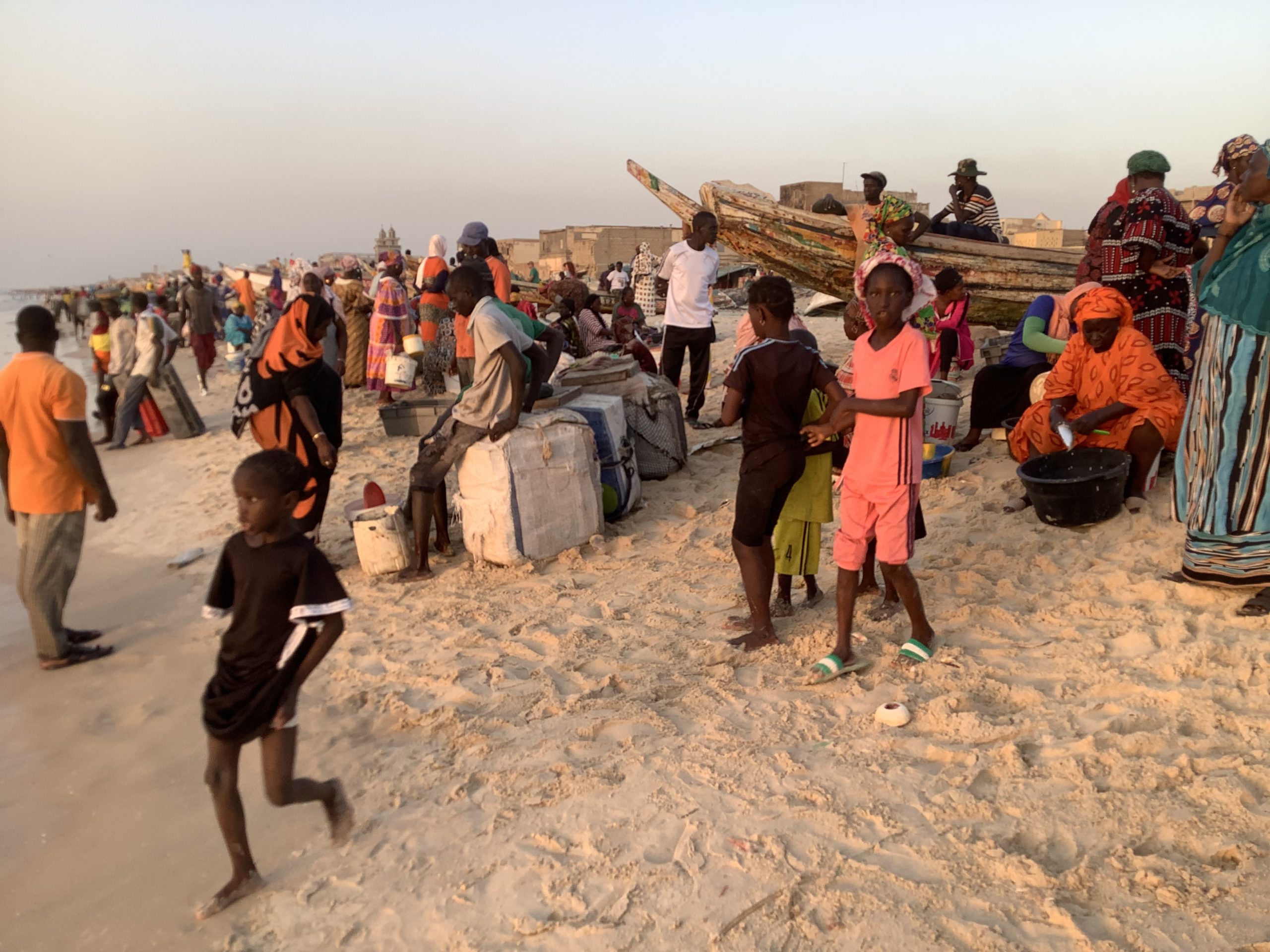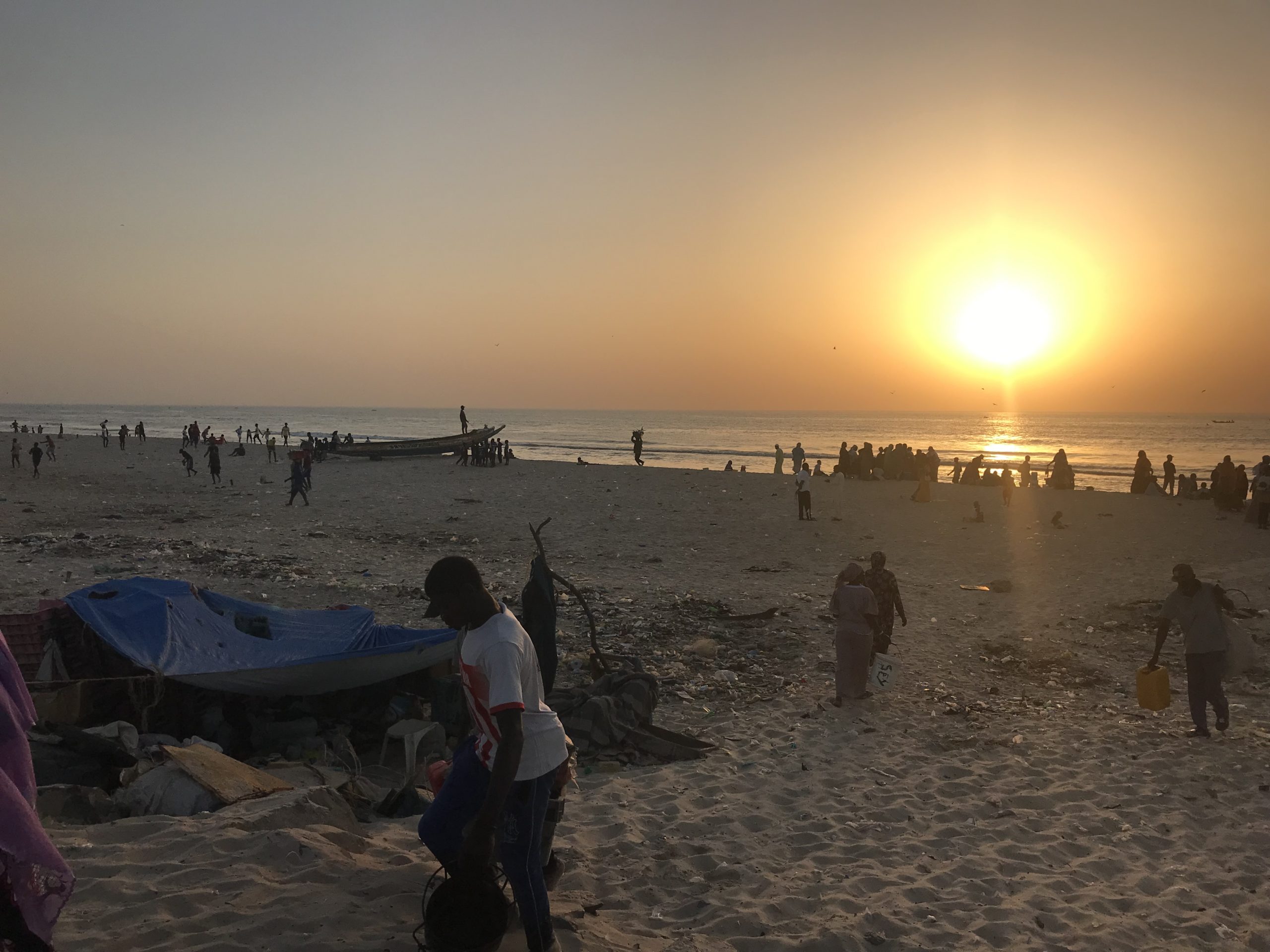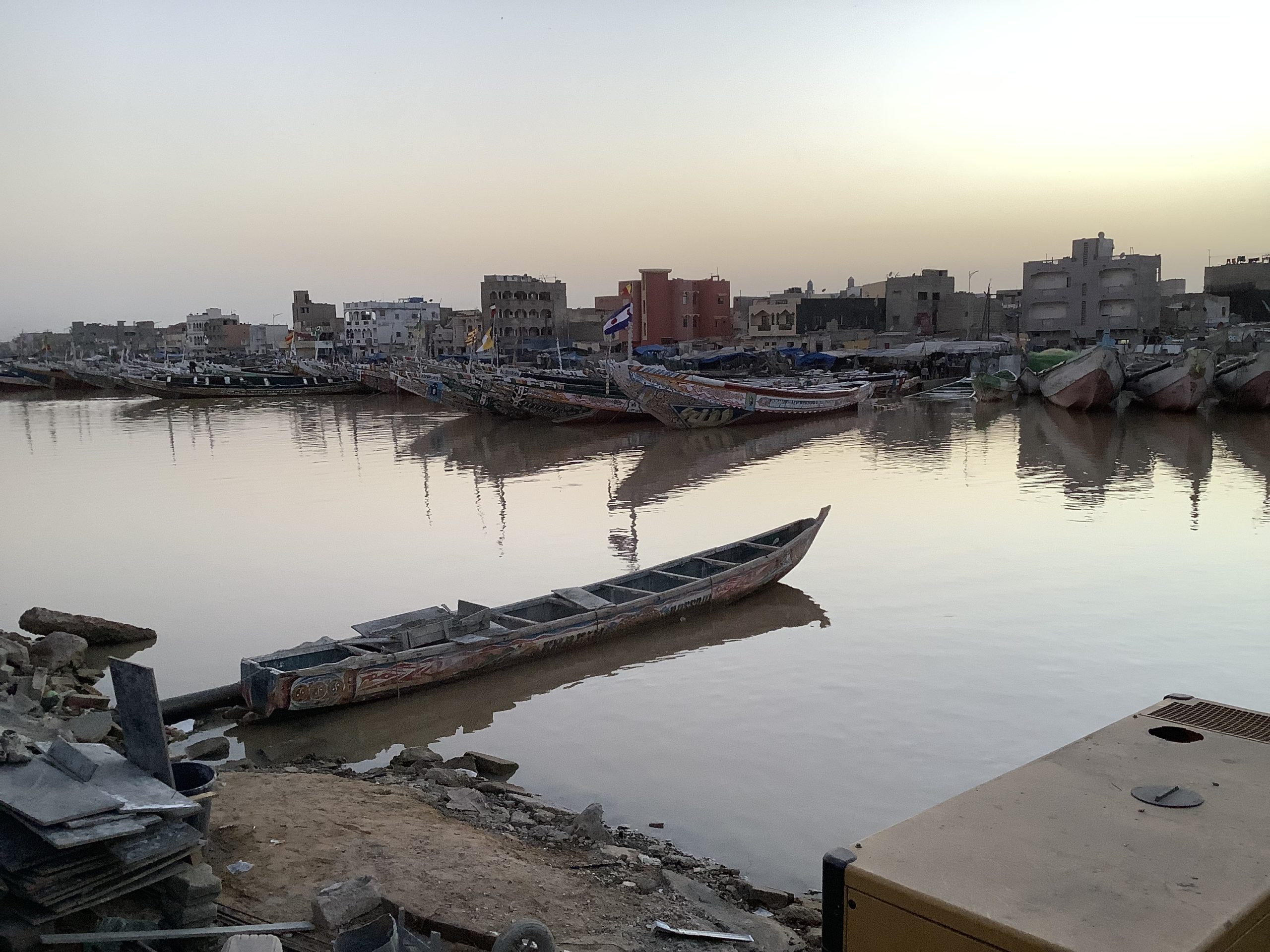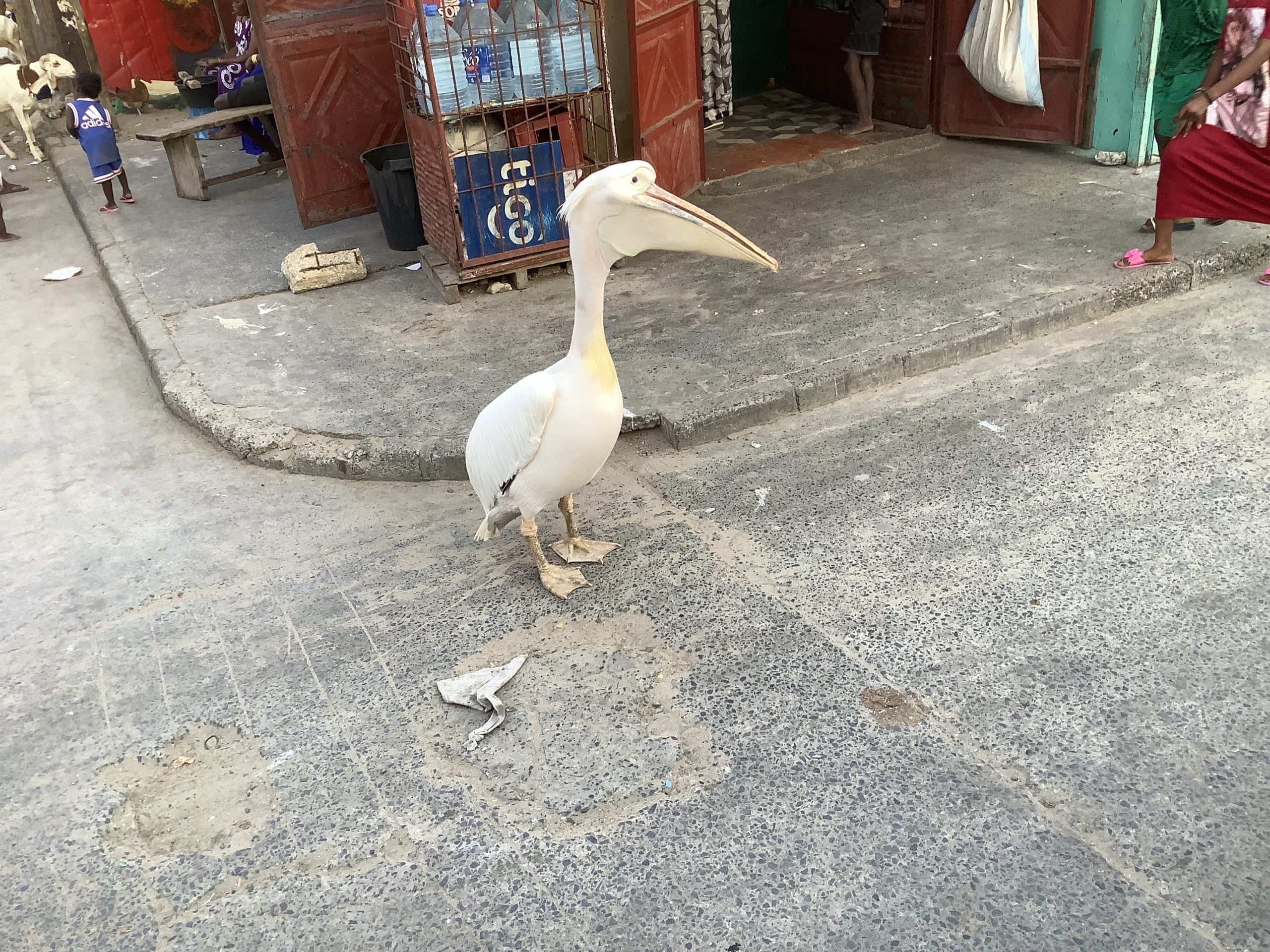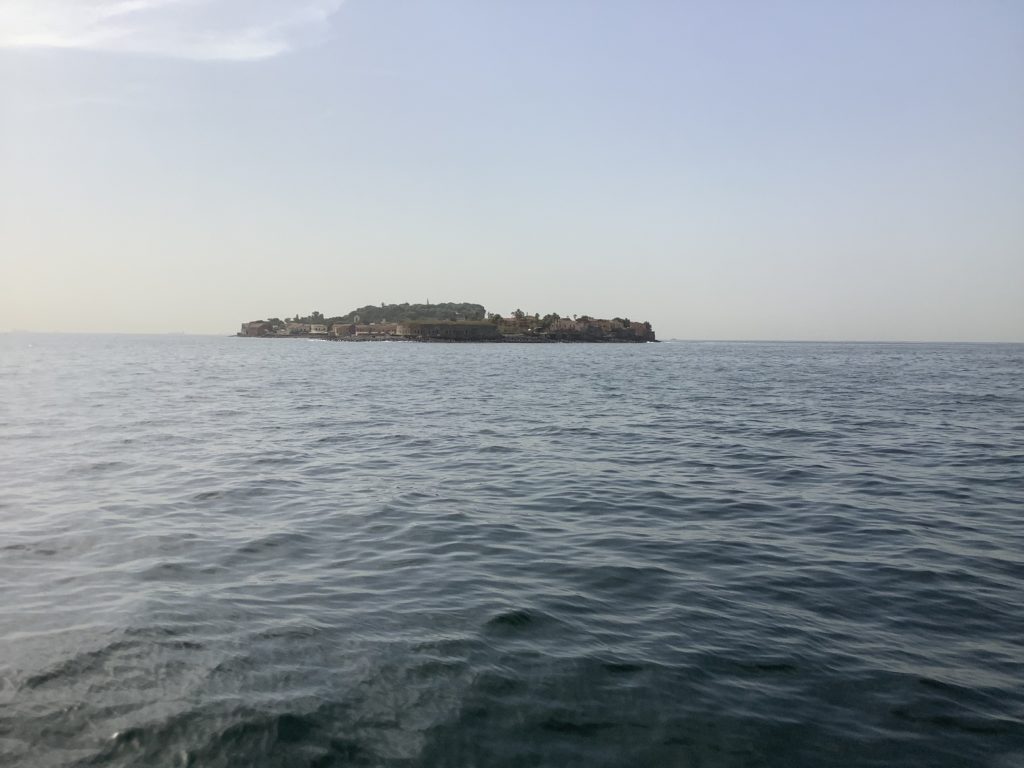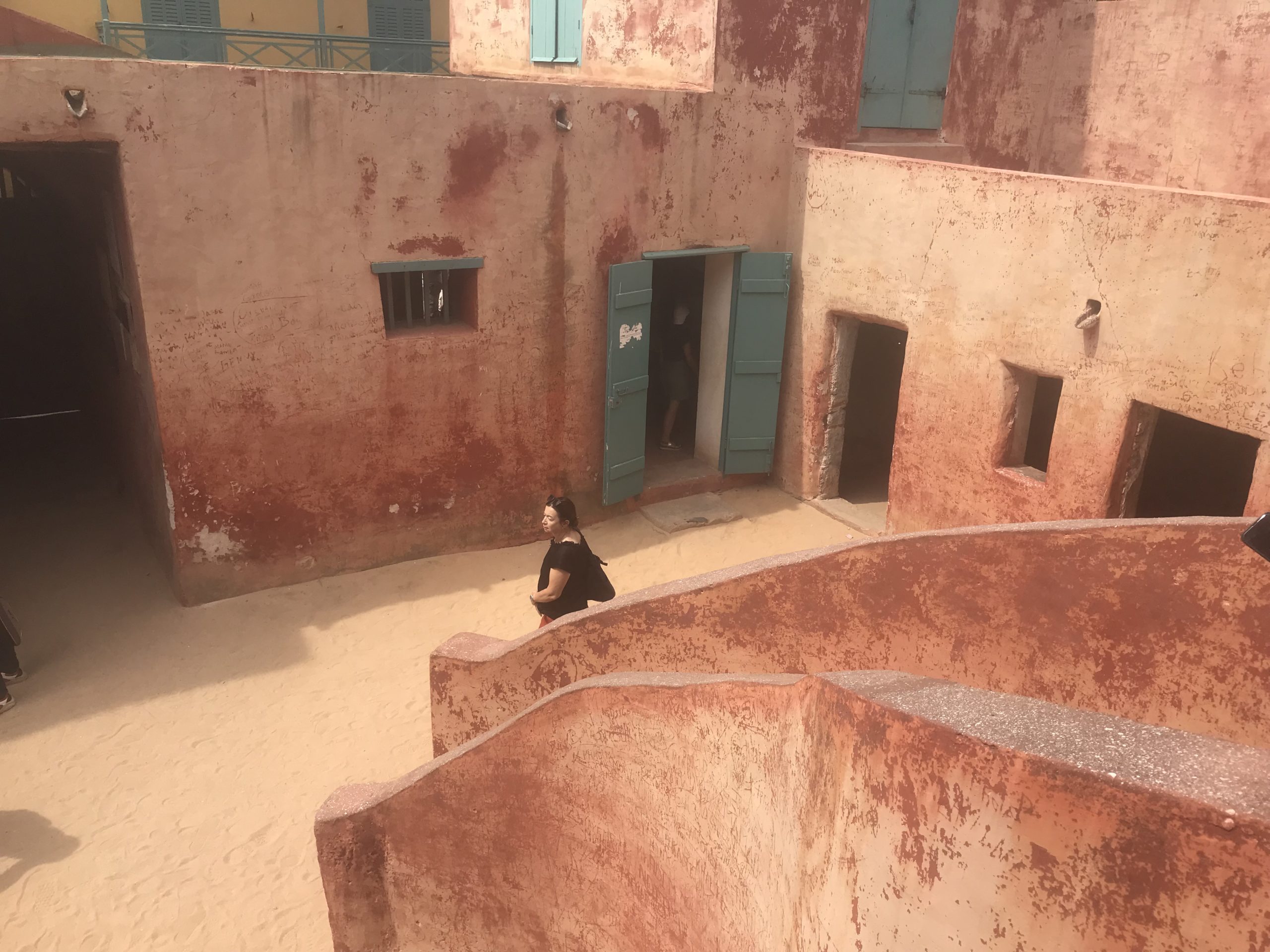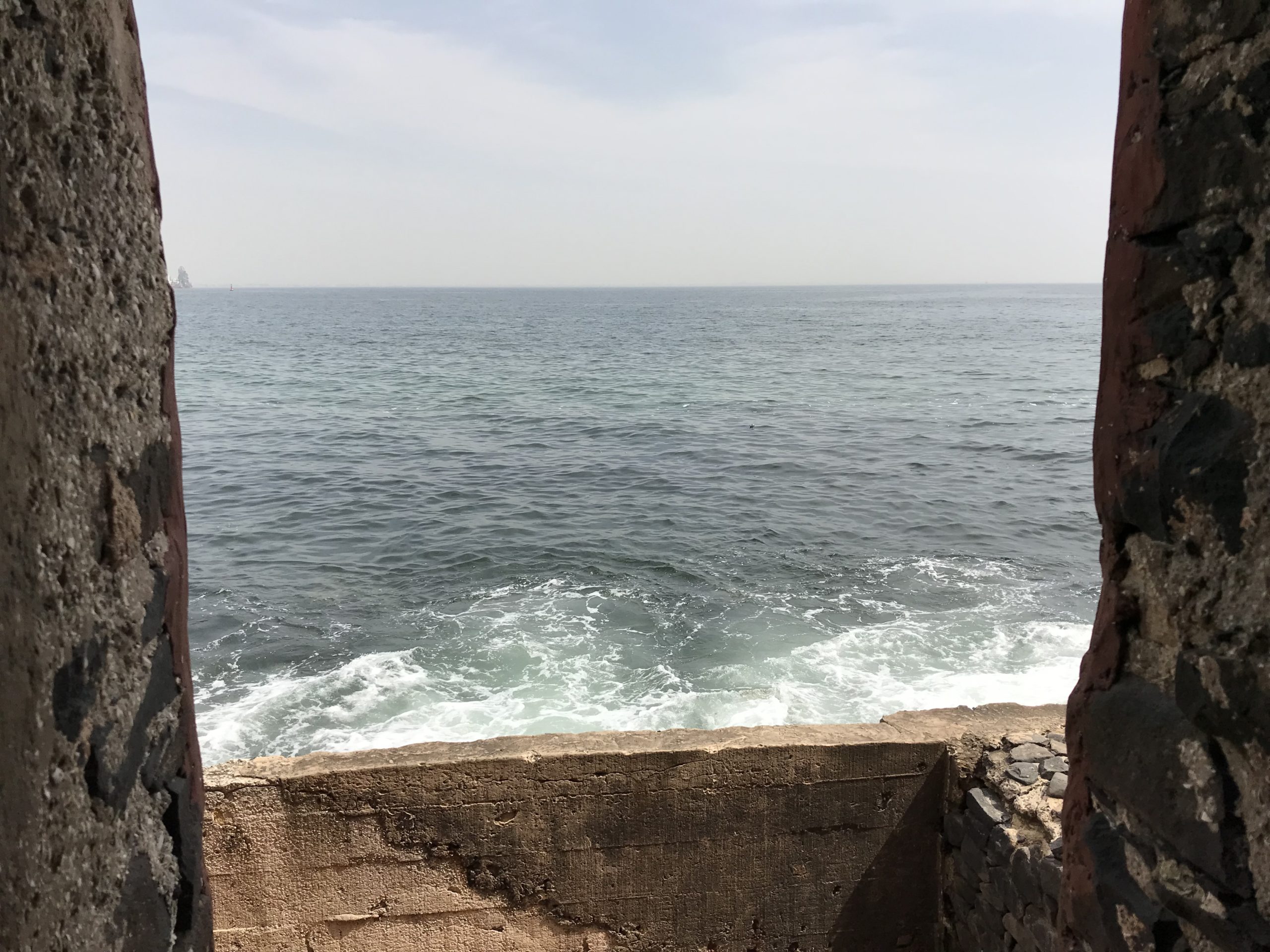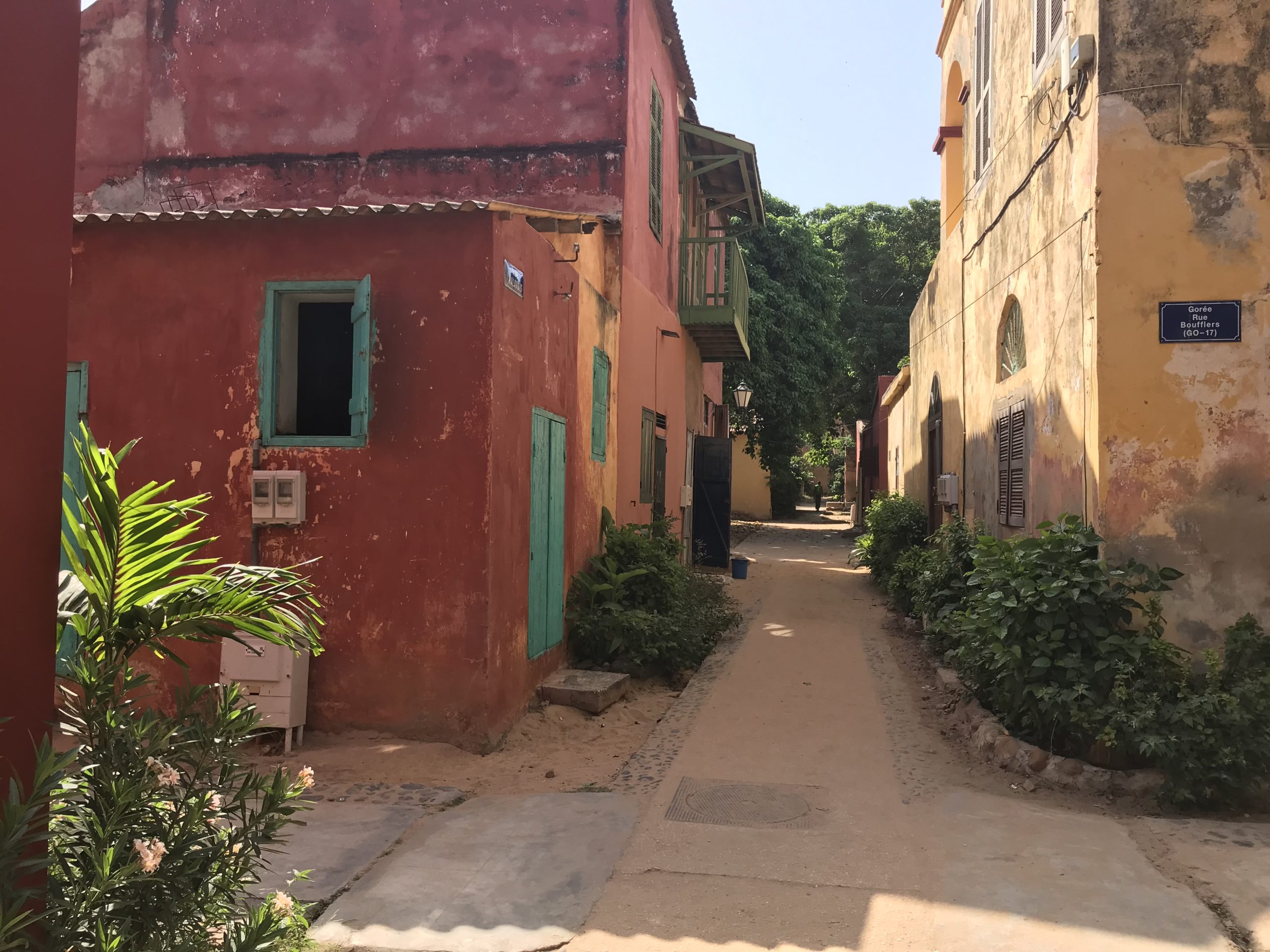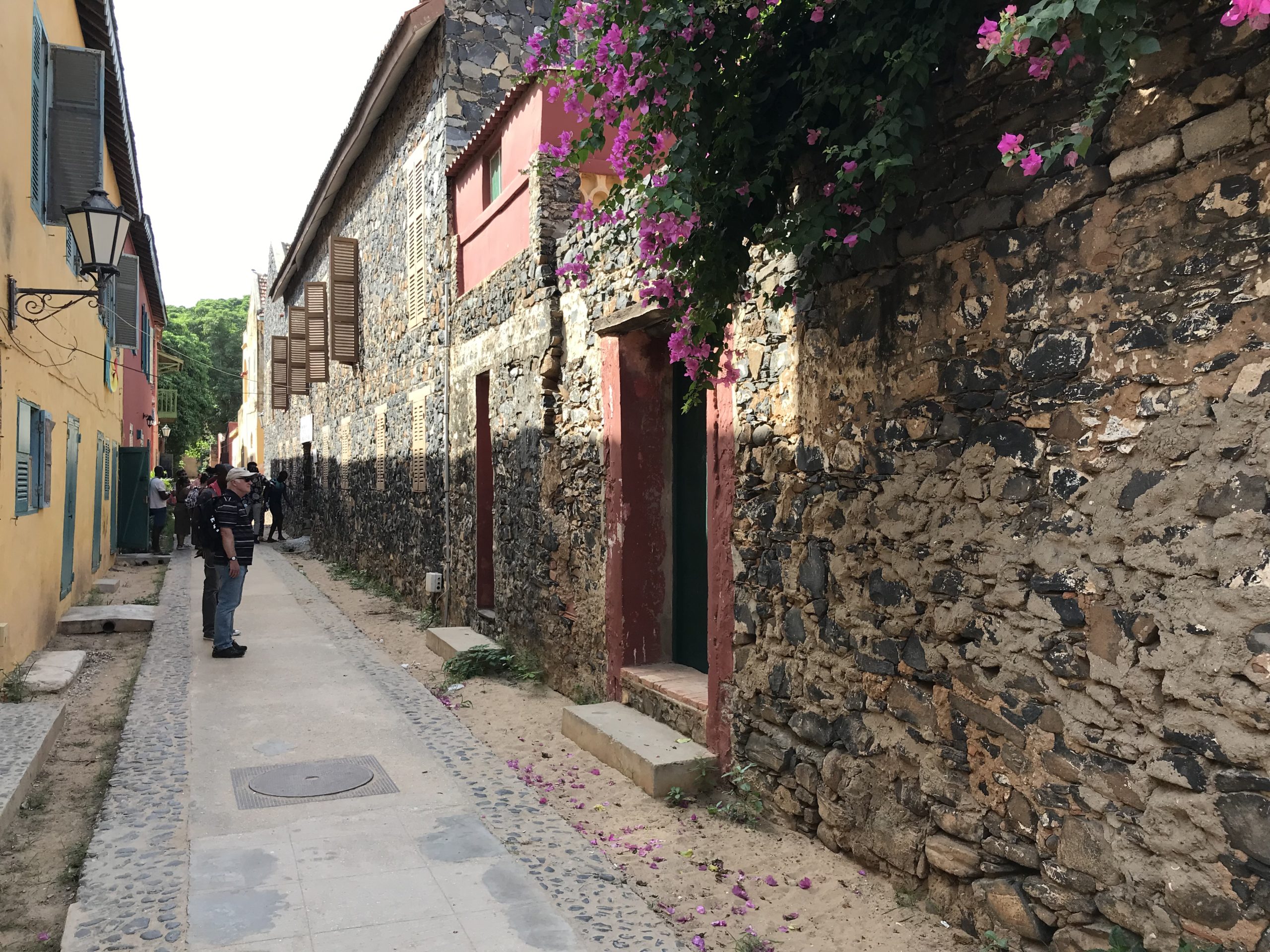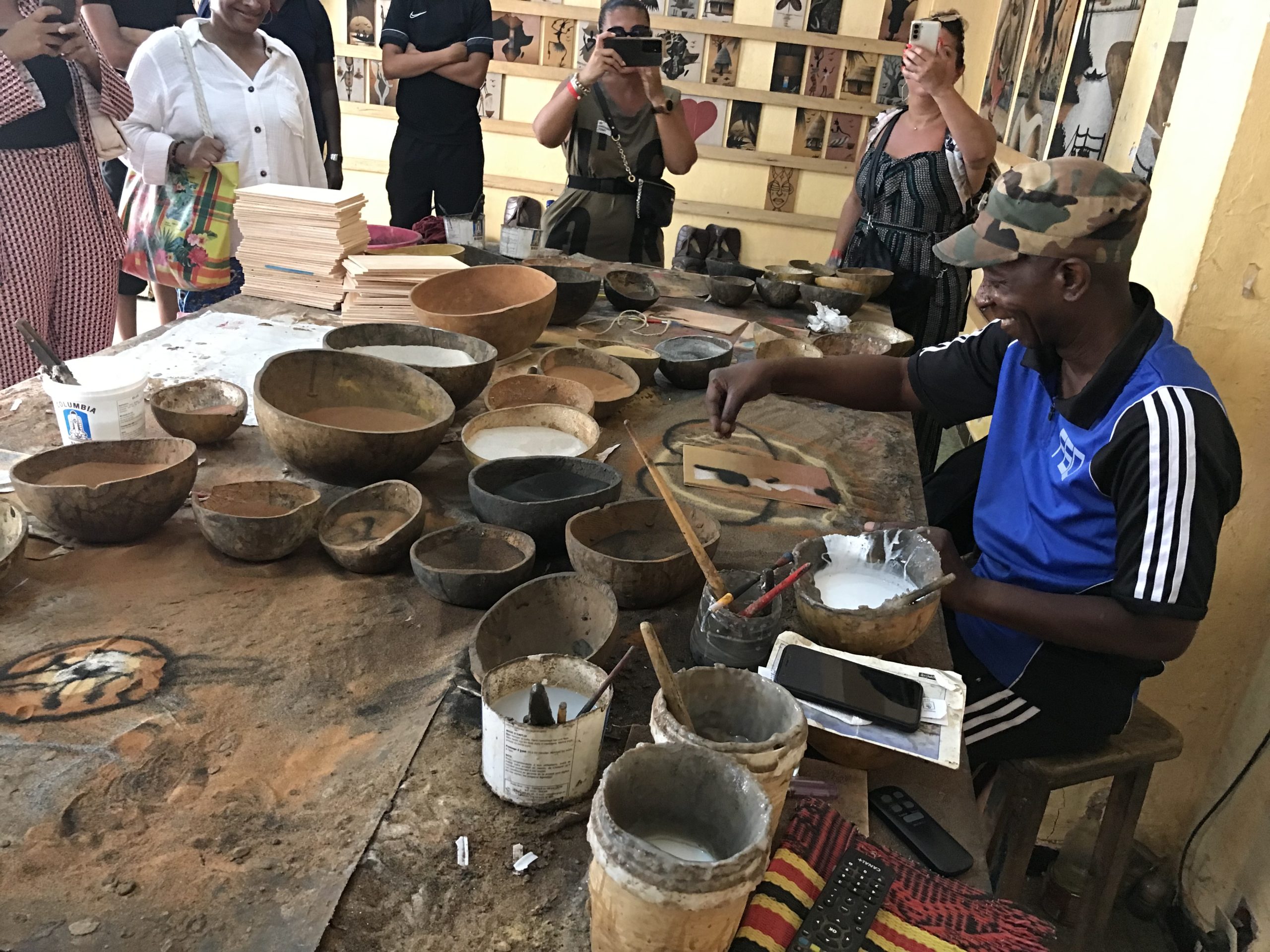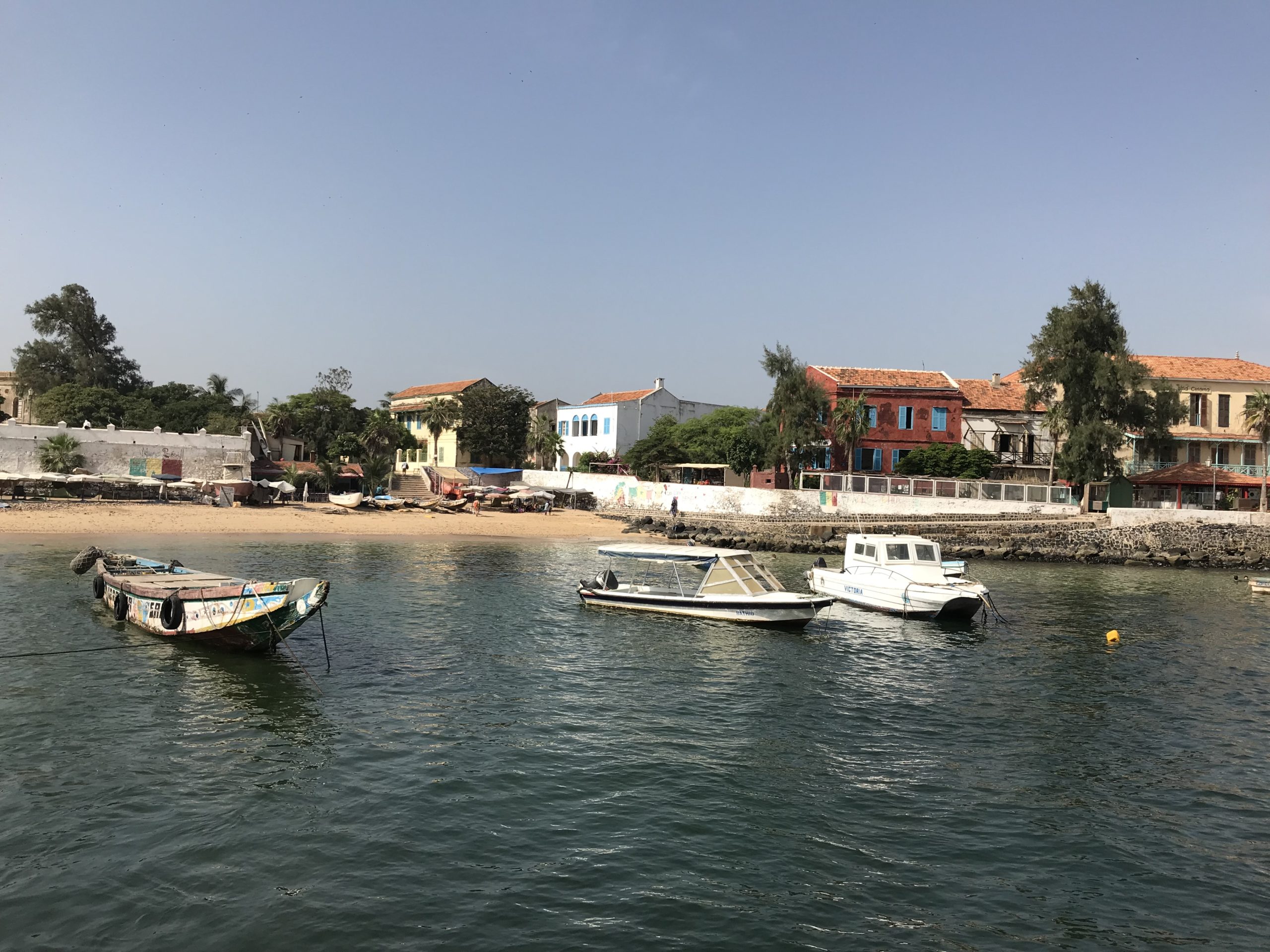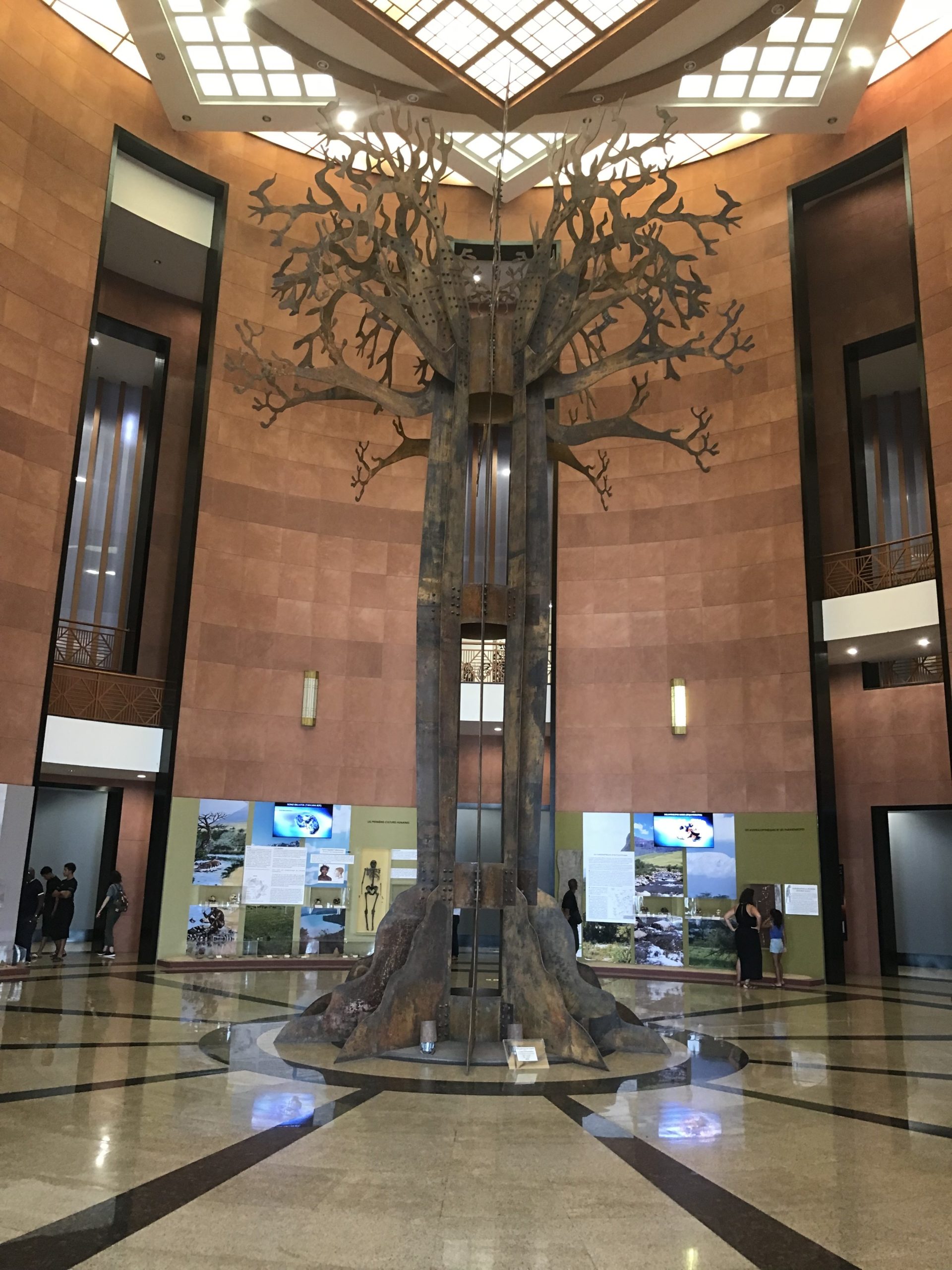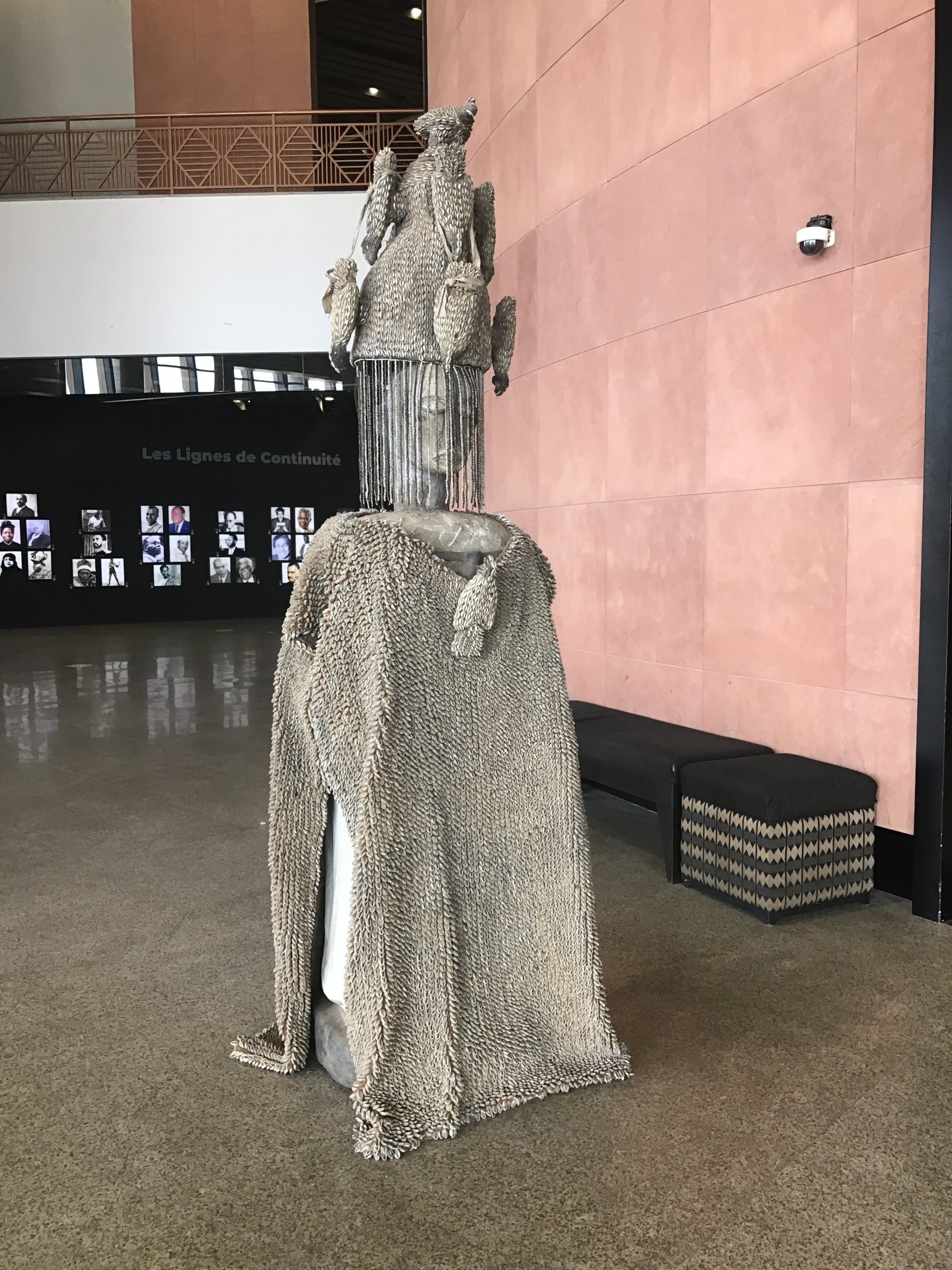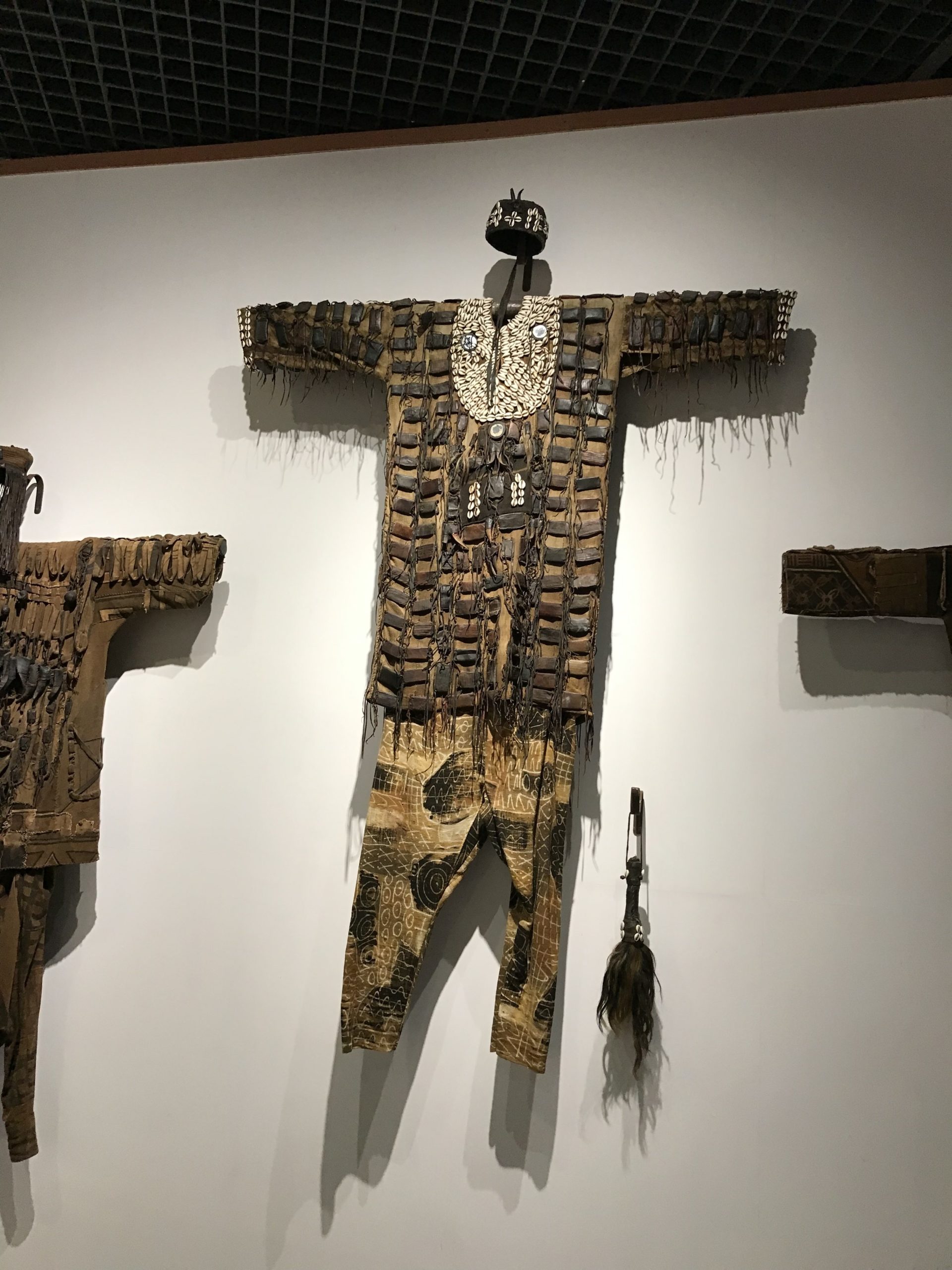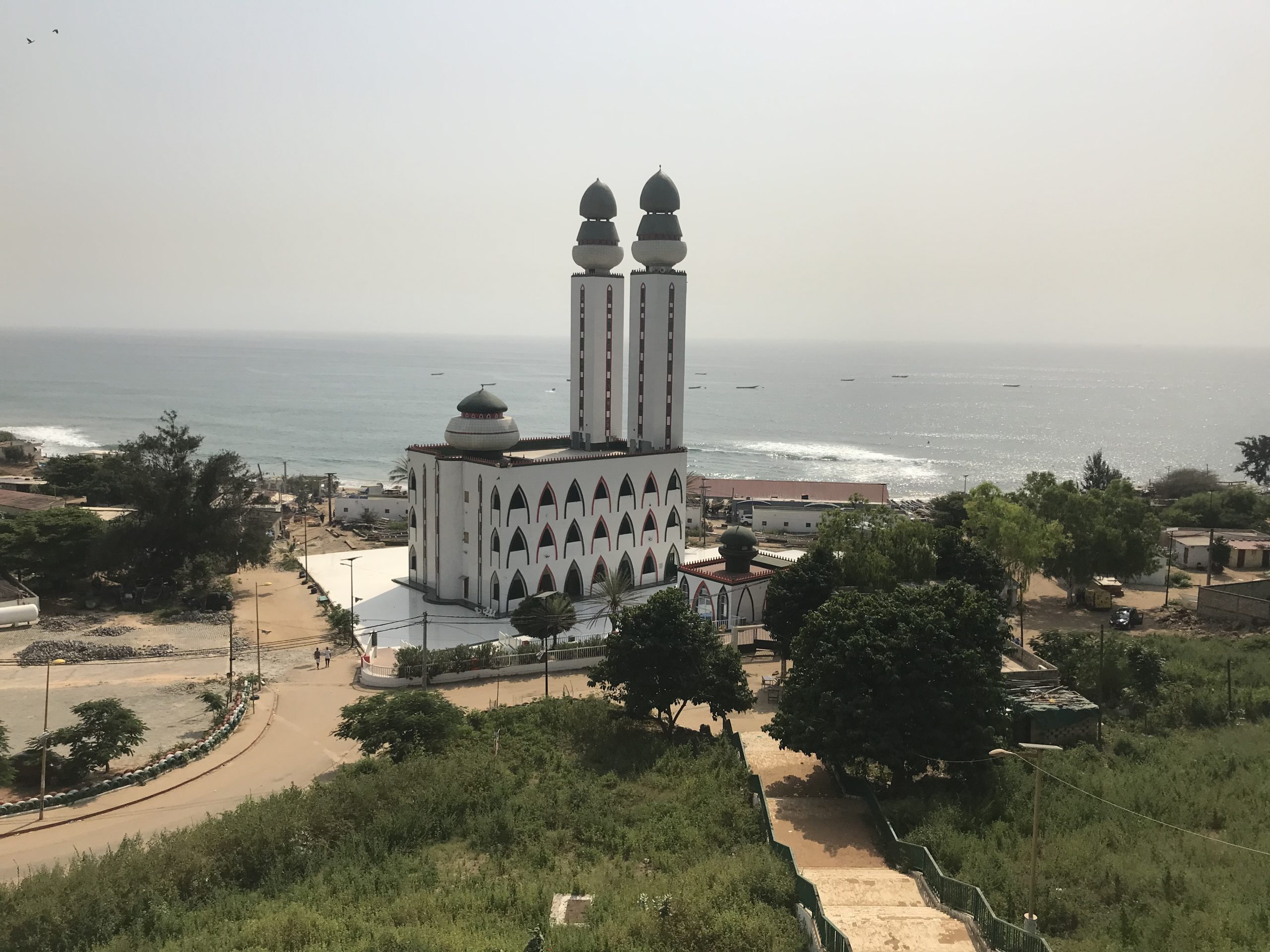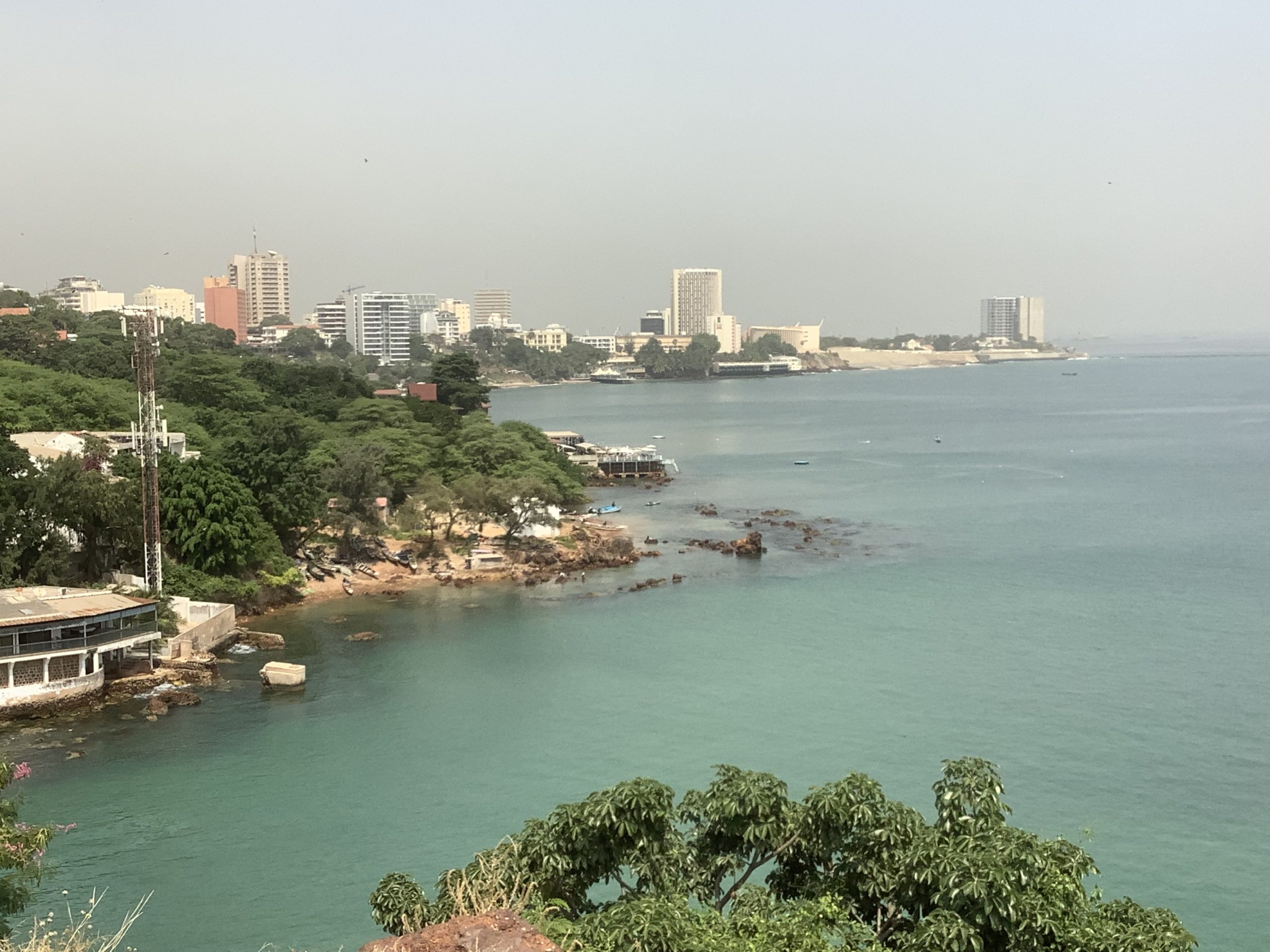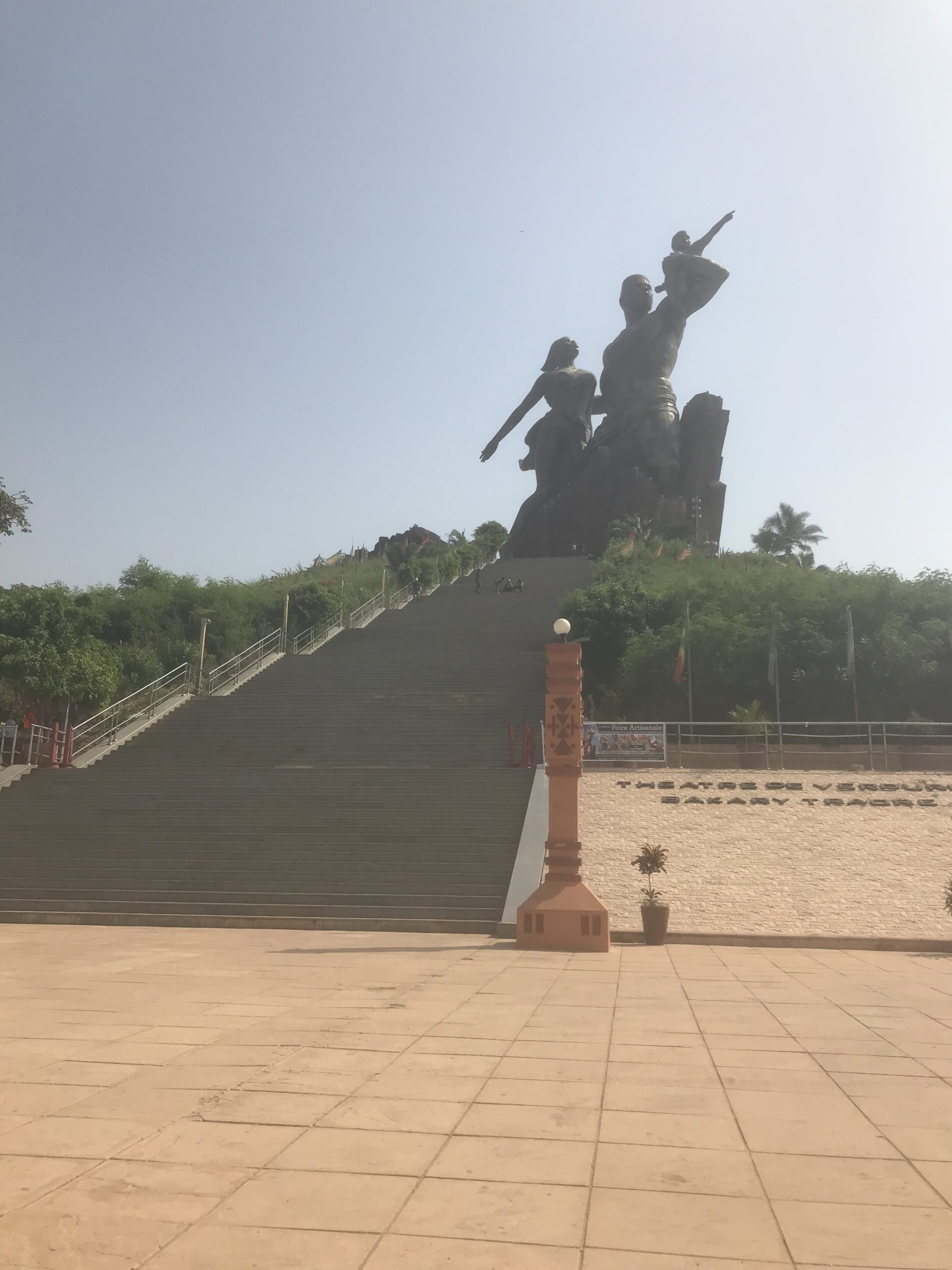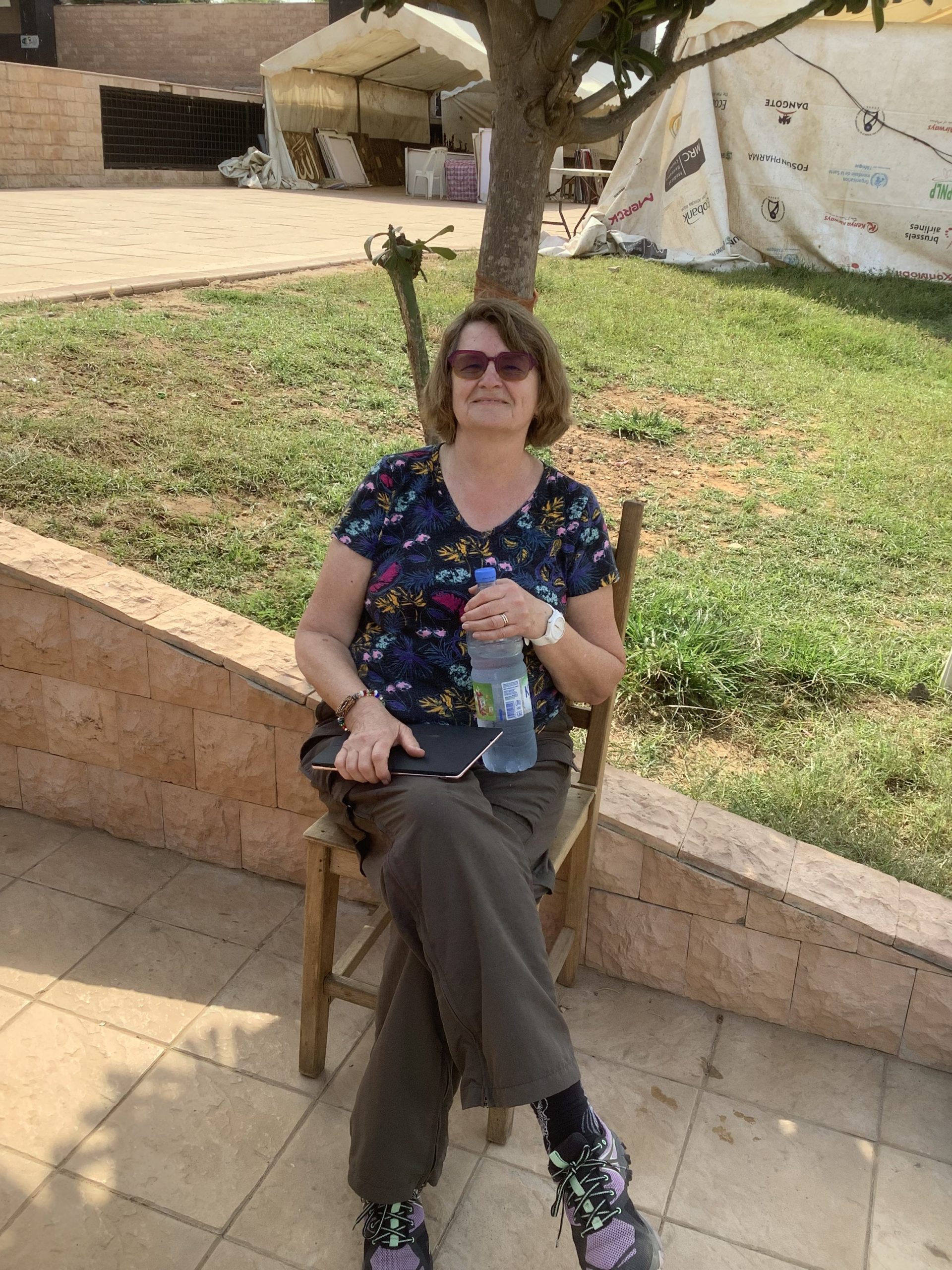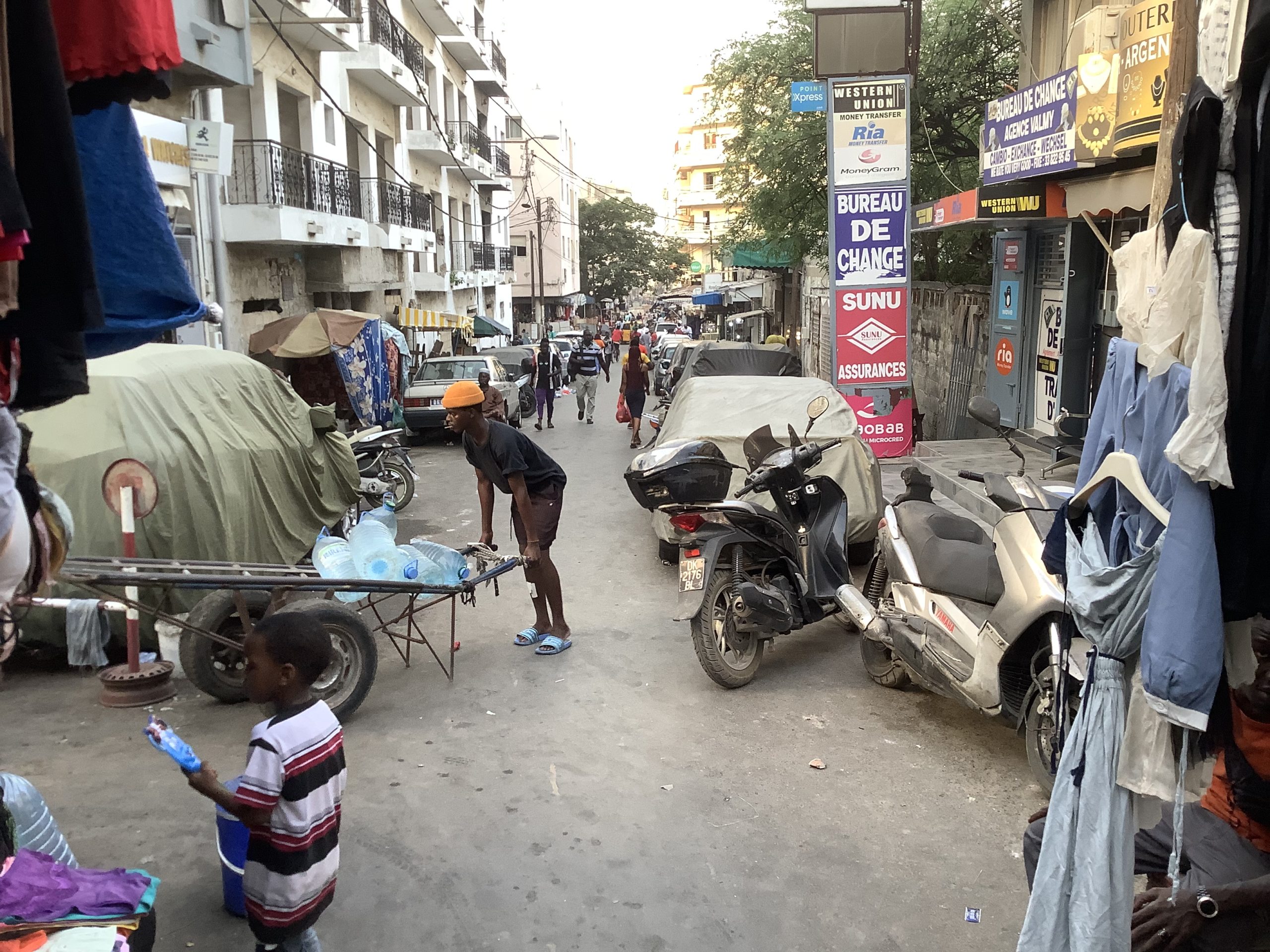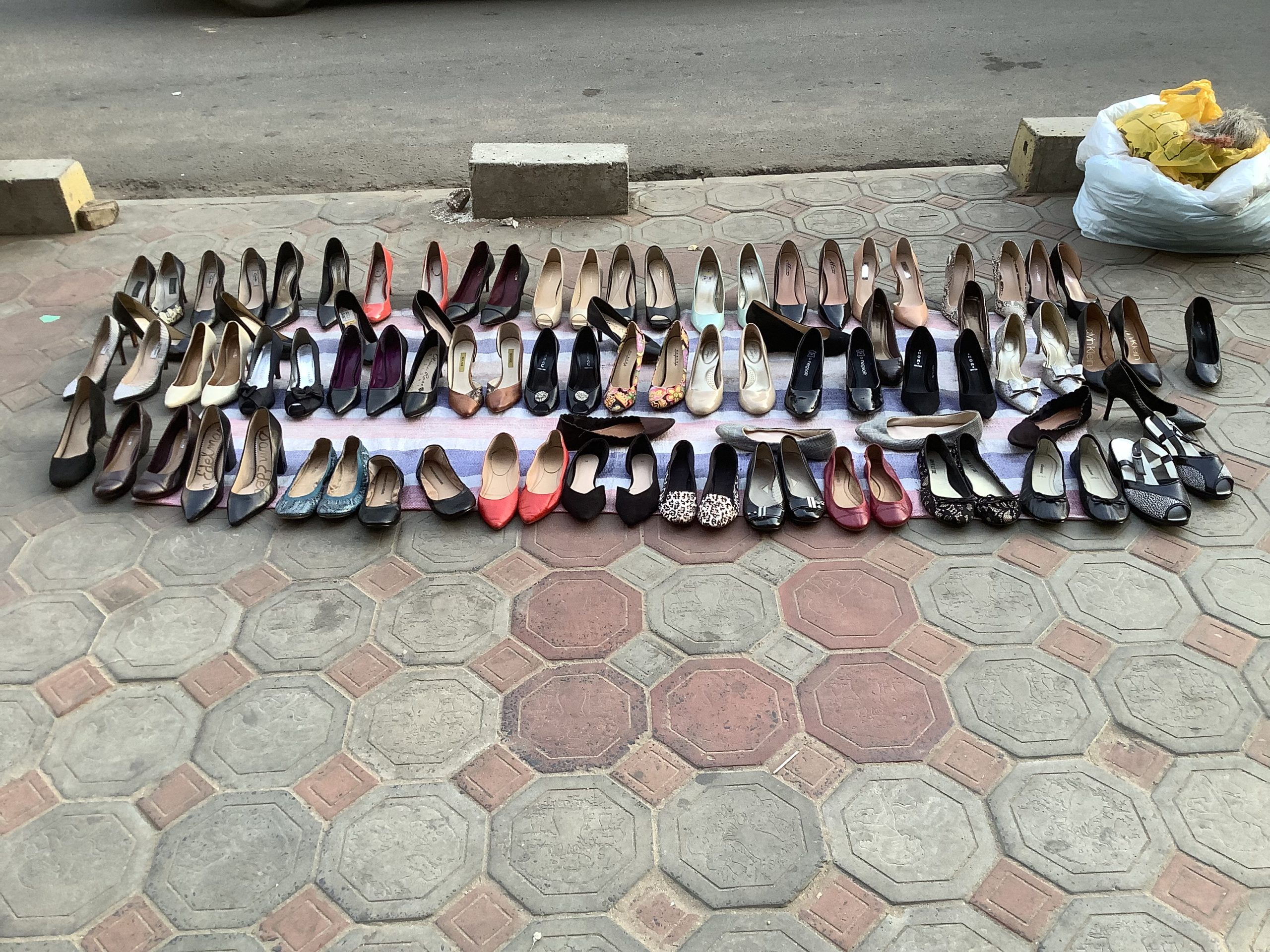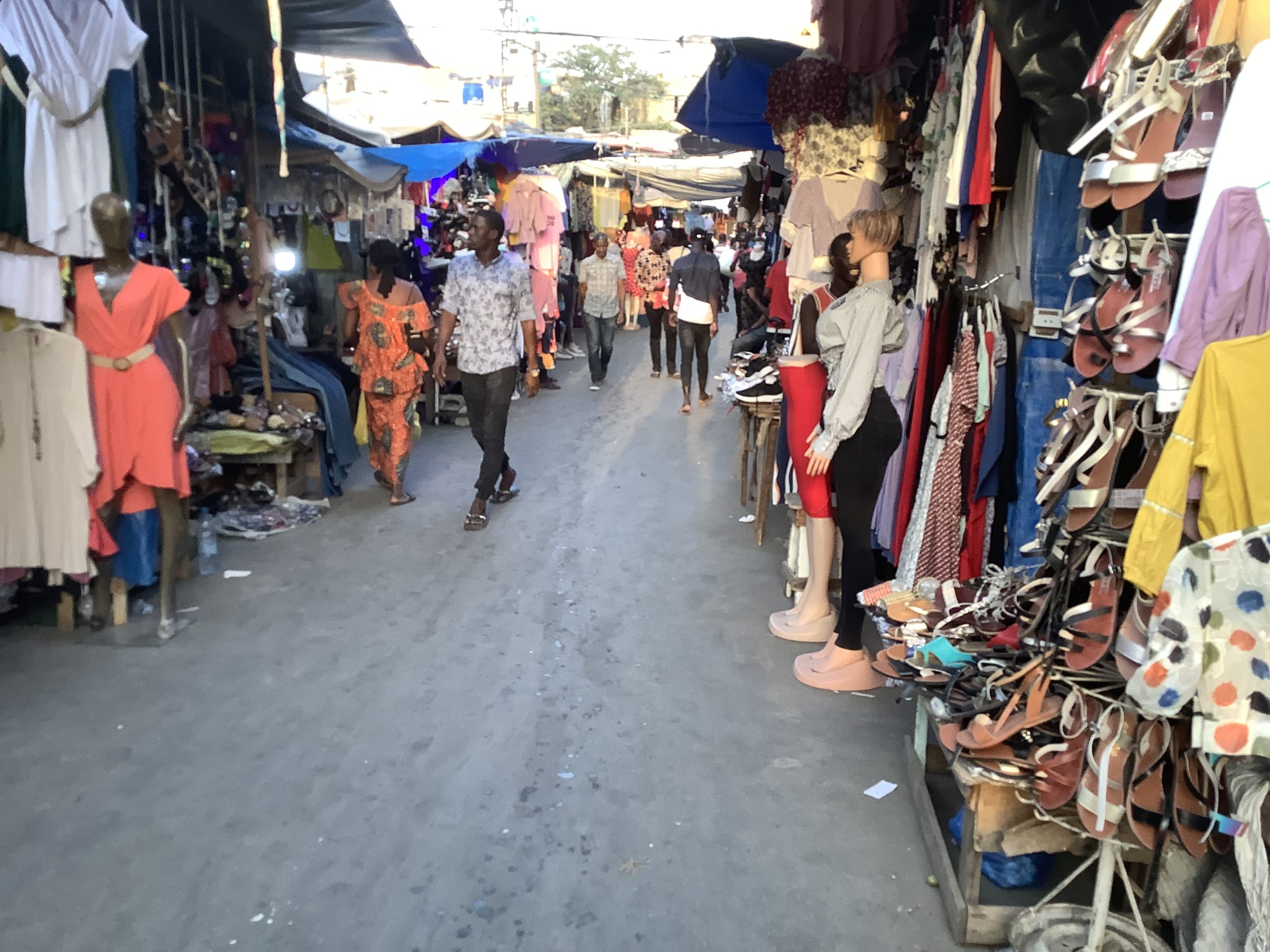We have been out seeing wildlife but now the wildlife is coming to see us. We were greeted outside our hotel room this morning by an African Red-billed Hornbill — Zazu in The Lion King, by the way — then a hundred yards further on by a monkey.
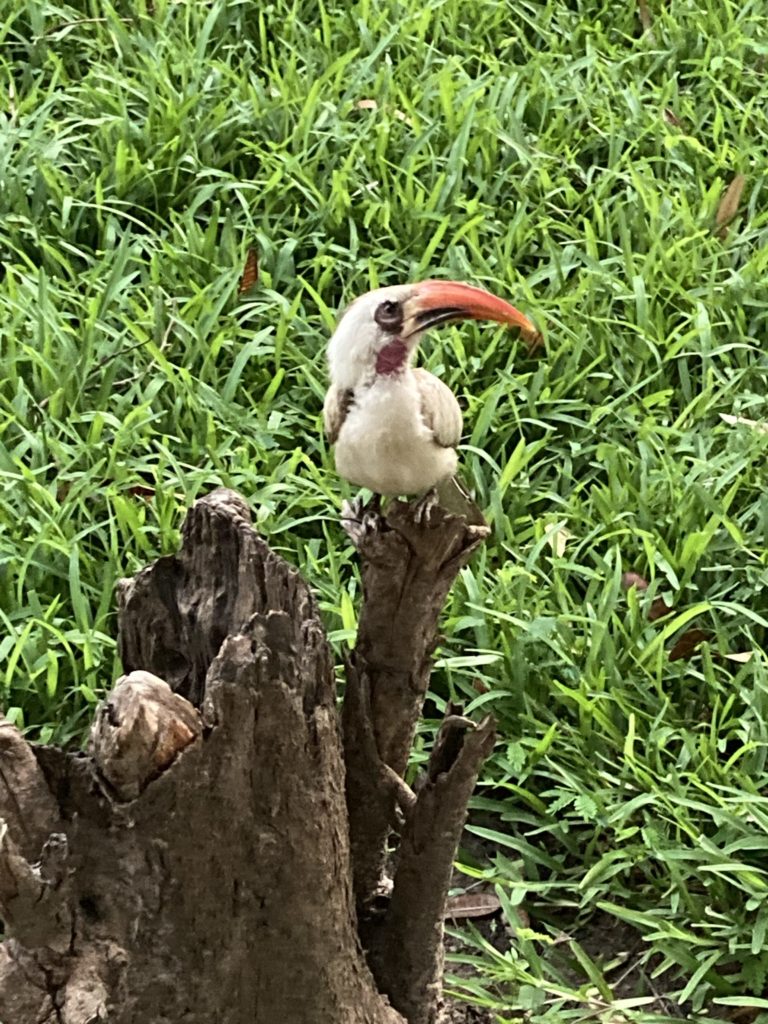
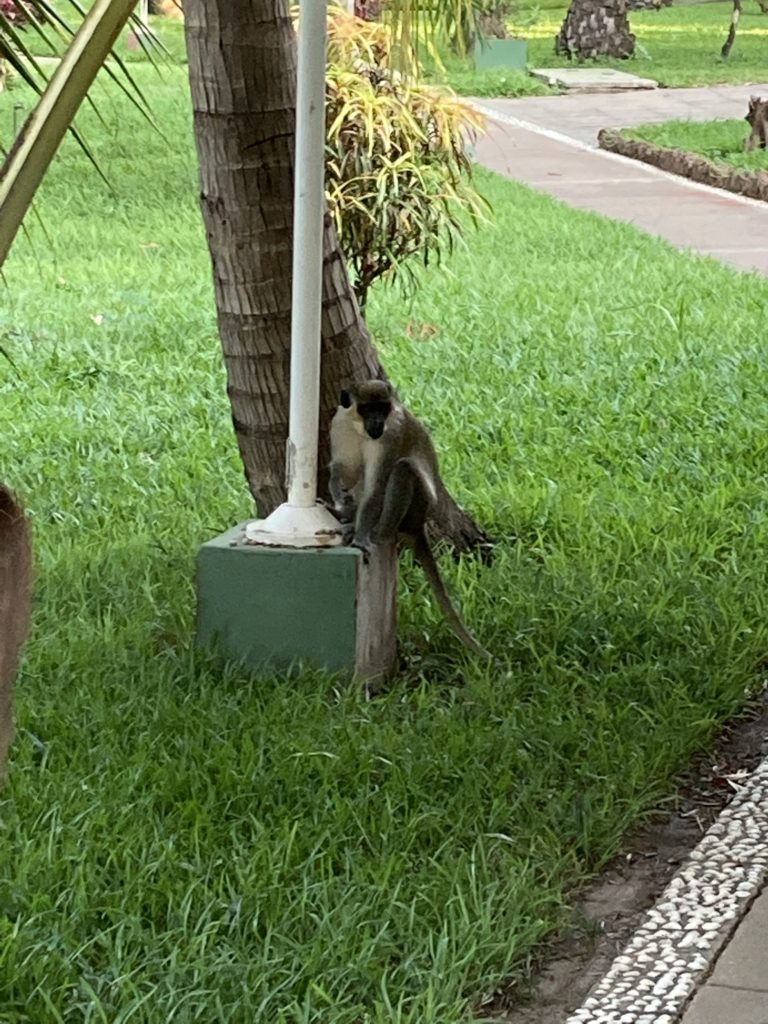
Our guide warned us The Gambia, for some reason, is incredibly bureaucratic, with rules and regulations around everything. That turned out to be true. We probably drove a grand total of 120 km within the country, and were stopped about 12-15 times at checkpoints, usually to verify that the car’s papers were in order, but also to make sure we had seatbelts on, that we weren’t speeding, that we didn’t have too many people in the car, God knows exactly what but anyway we were stopped really a LOT. We also had to fill in several forms at the Gambian hotel, and were warned we had to carry these with us at all times on the premises, but nobody ever asked to see them, not even once, it was all quite strange. On our last morning there, we realized the swimming pool signs in two hotels perfectly illustrated the difference between the two countries. The one on the left is in The Gambia, the one on the right is in Senegal.
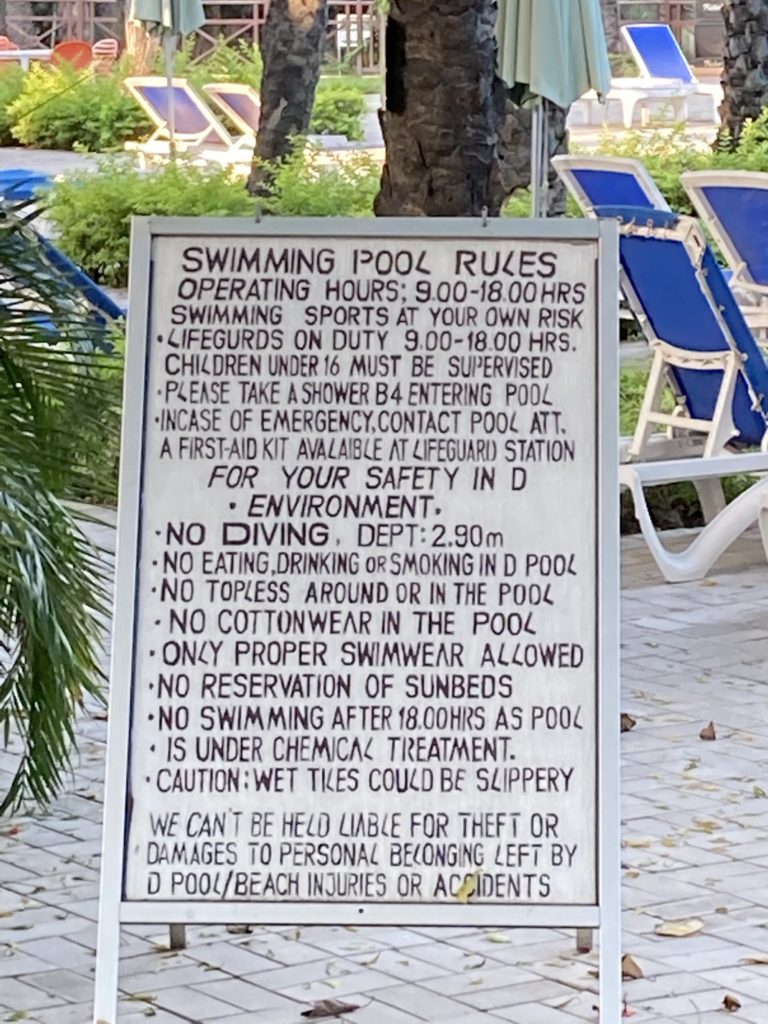
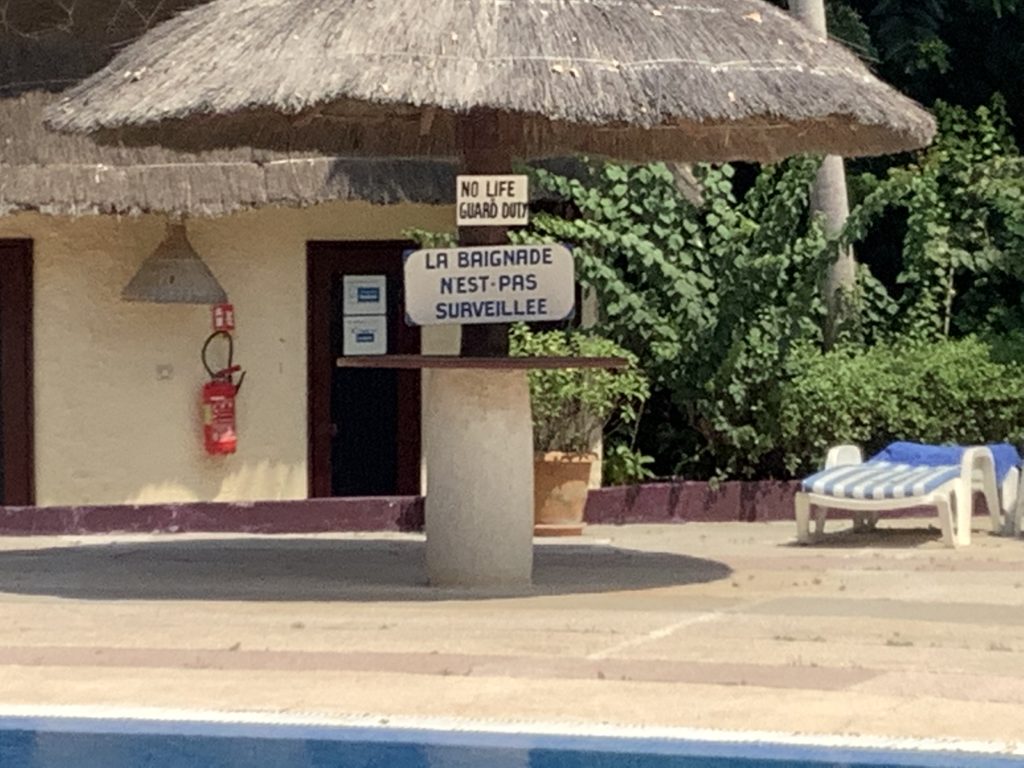
We took the ferry back across river to re-enter Senegal, and by the way a couple of readers asked if we had been worried about overcrowding on the ferry, as one hears of ferry disasters periodically, but the big ferry we took felt safe, not overcrowded at all, and had strict regulations about numbers of people, cars, buses, and trucks, plus it had safety equipment including flotation devices. That said, there was an alternative ferry available that gave us the heeby-jeebies, a taxi boat that was clearly overloaded. And of course no lifejackets or floating cushions or anything. Pretty scary stuff!
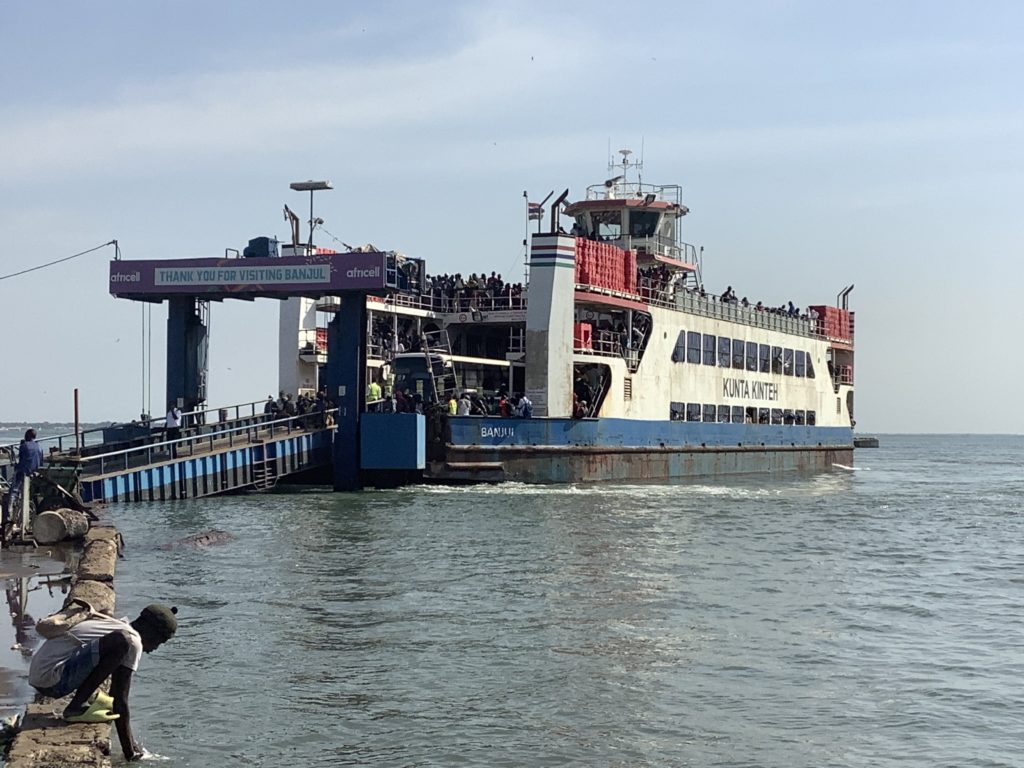
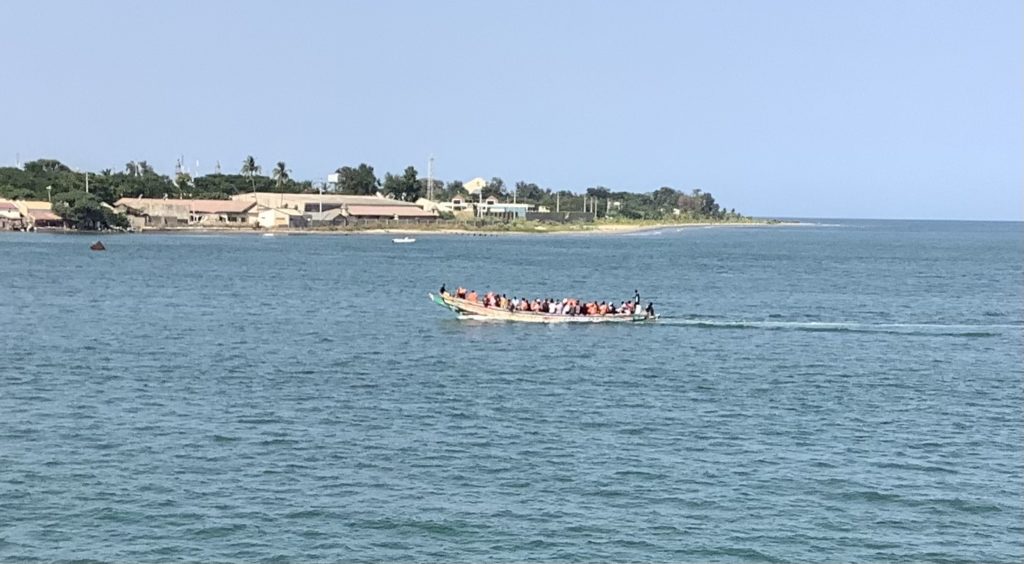
Back in Senegal, we visited Fadiouth-Joal, a mainland town plus two islands created originally from big piles of discarded mollusc shells built up over hundreds of years. Earth has settled around and into it, but what you see is mostly shells, and it is really sizeable. The first island is residential, and the second one is an unusual mixed graveyard of Christian, Muslim, and Animist burials.
